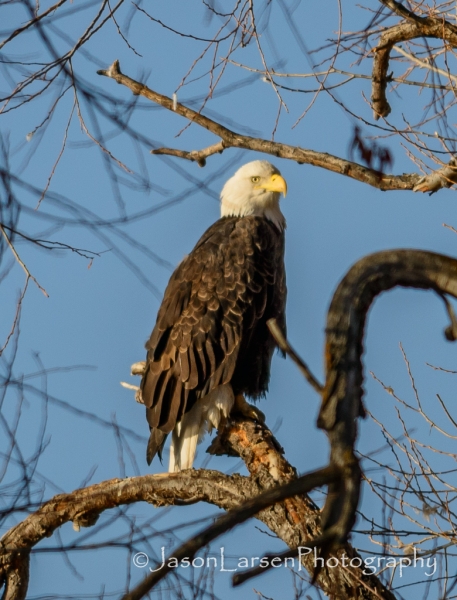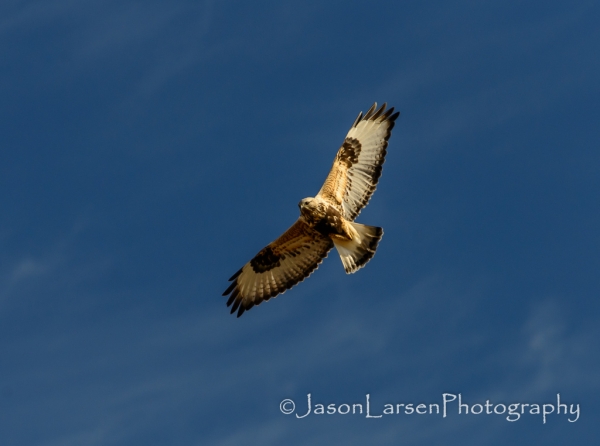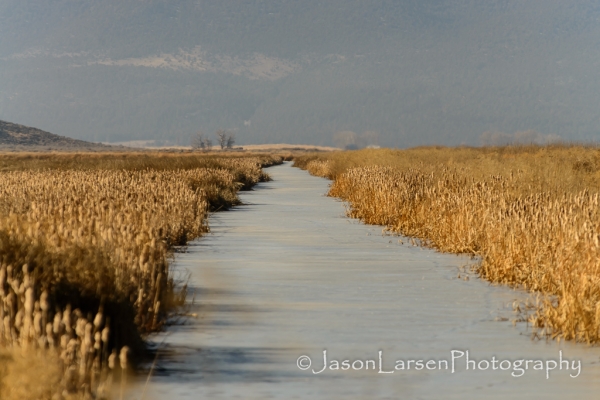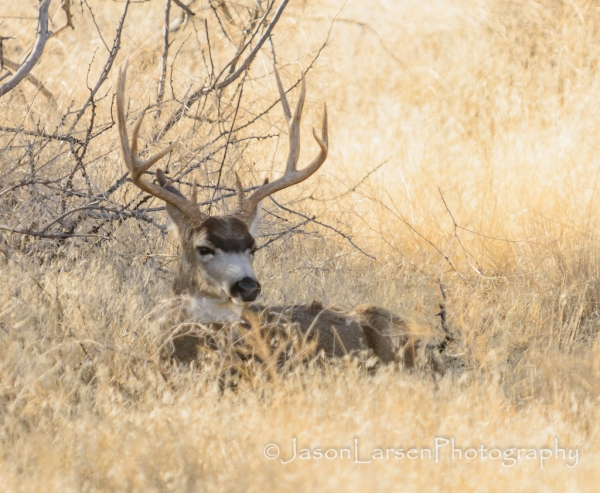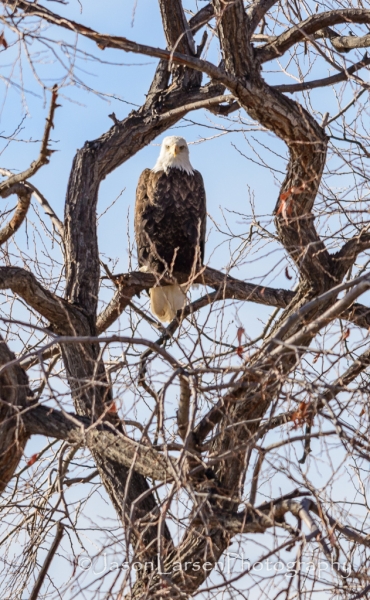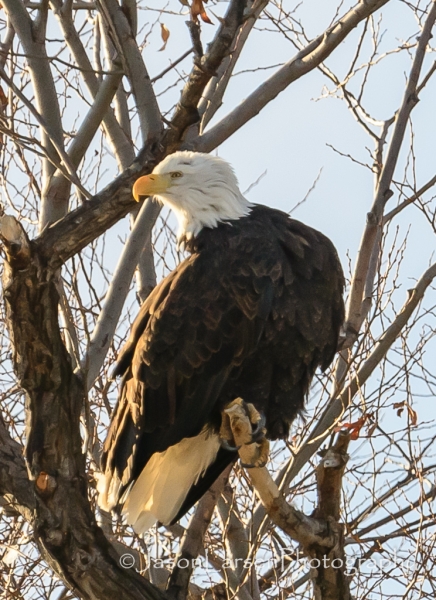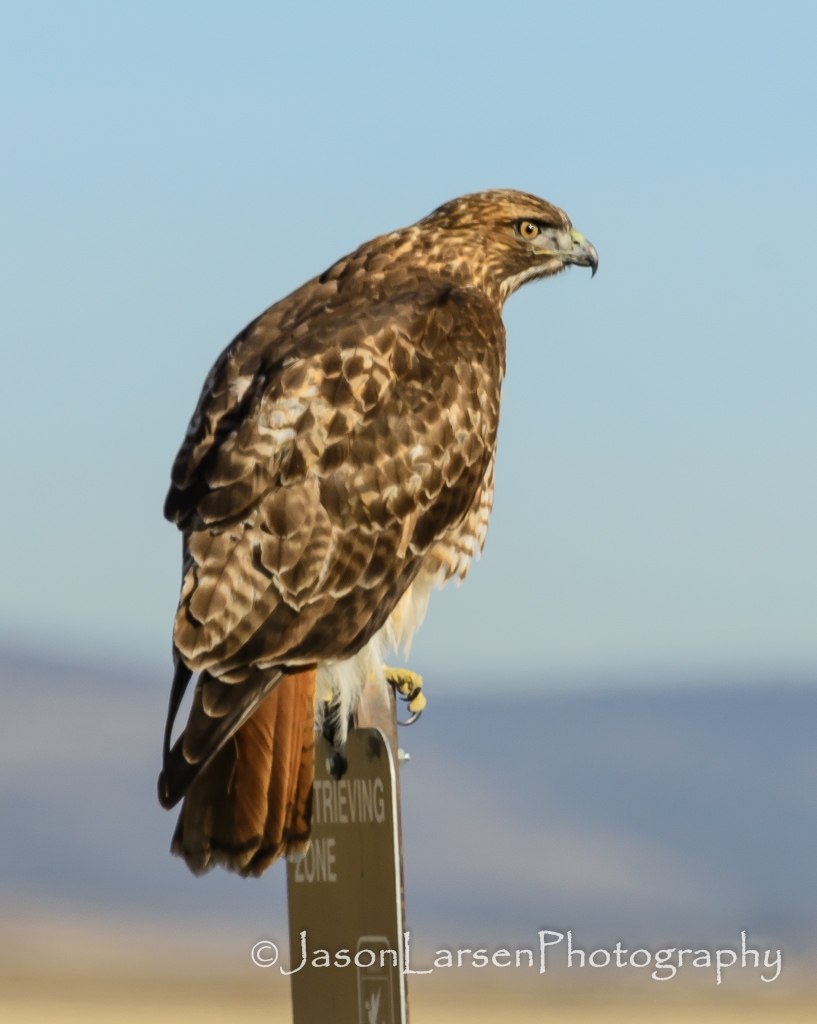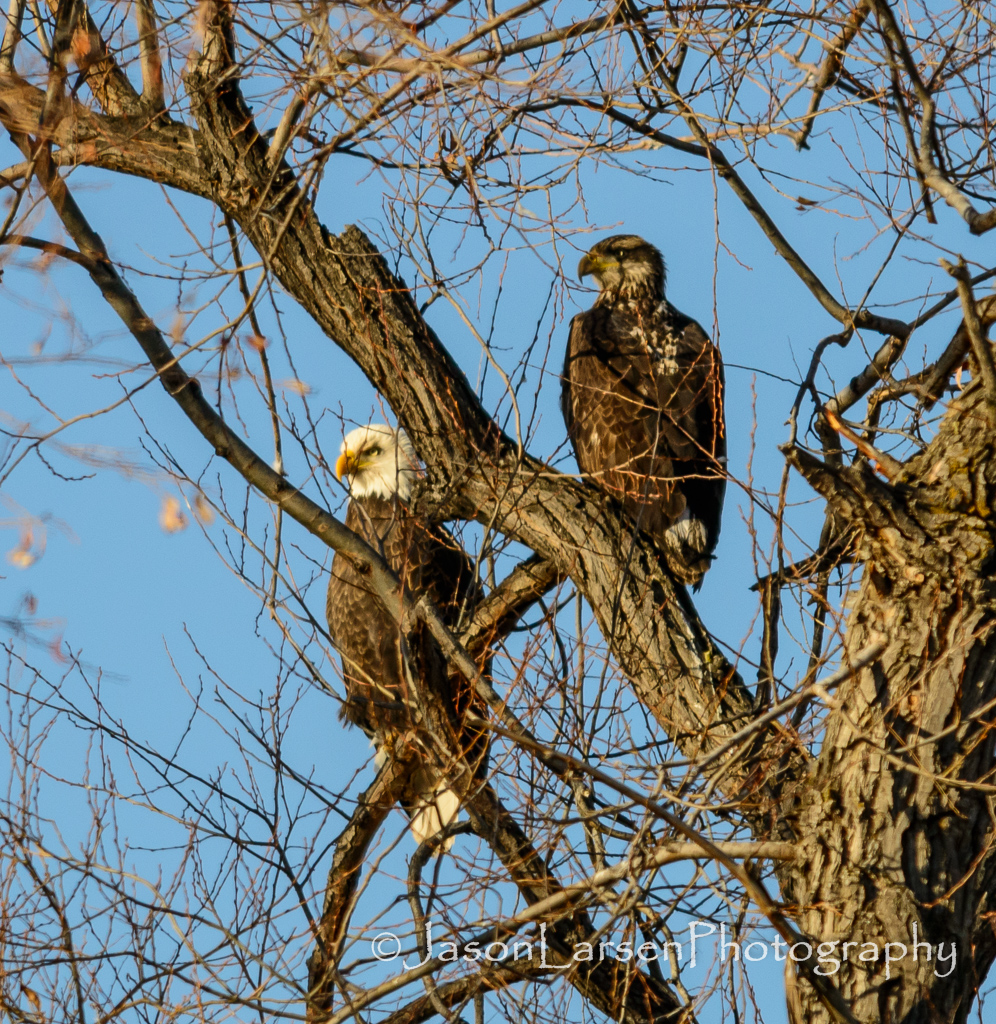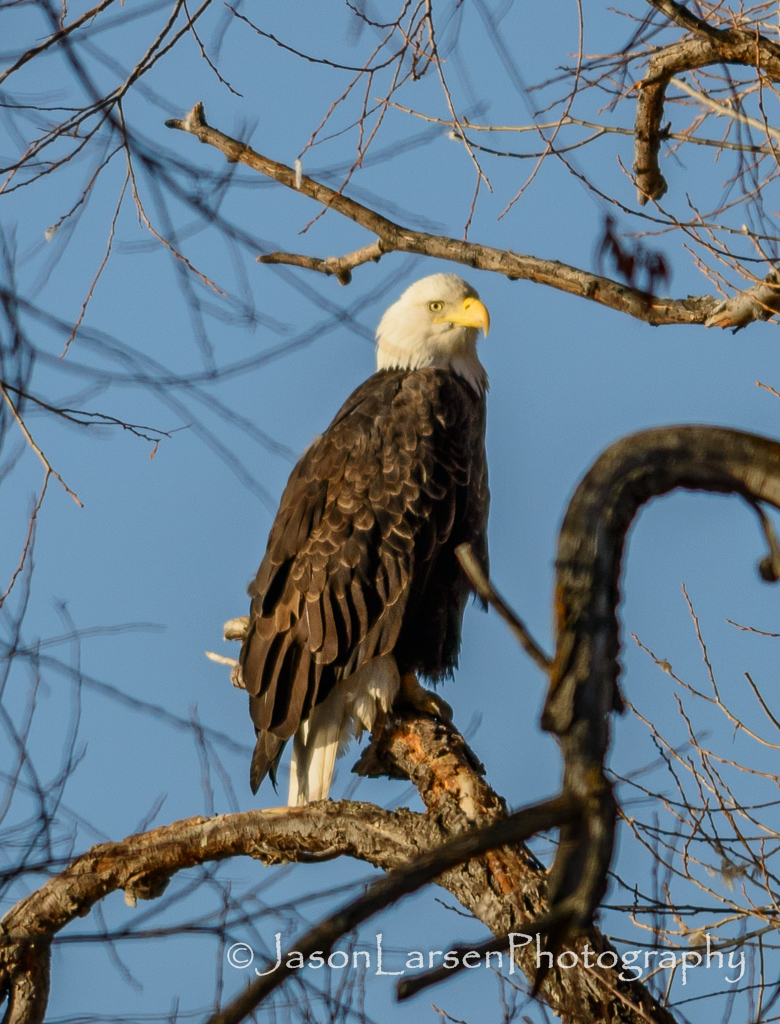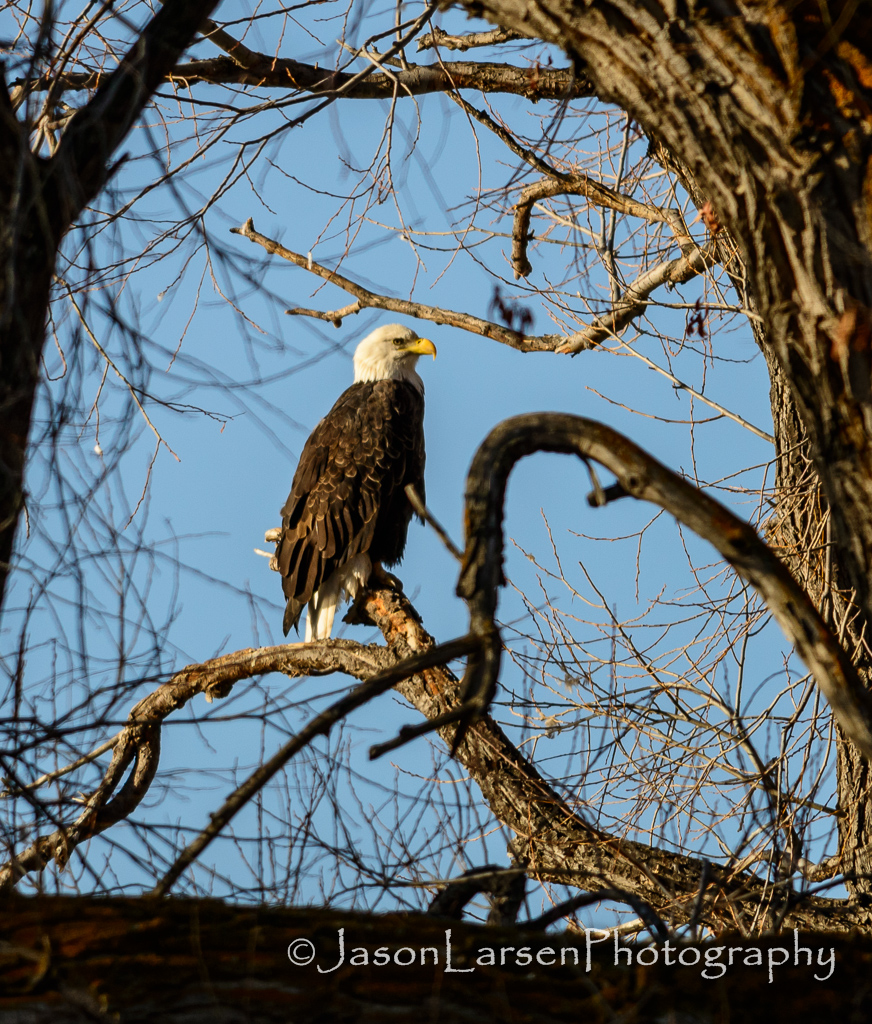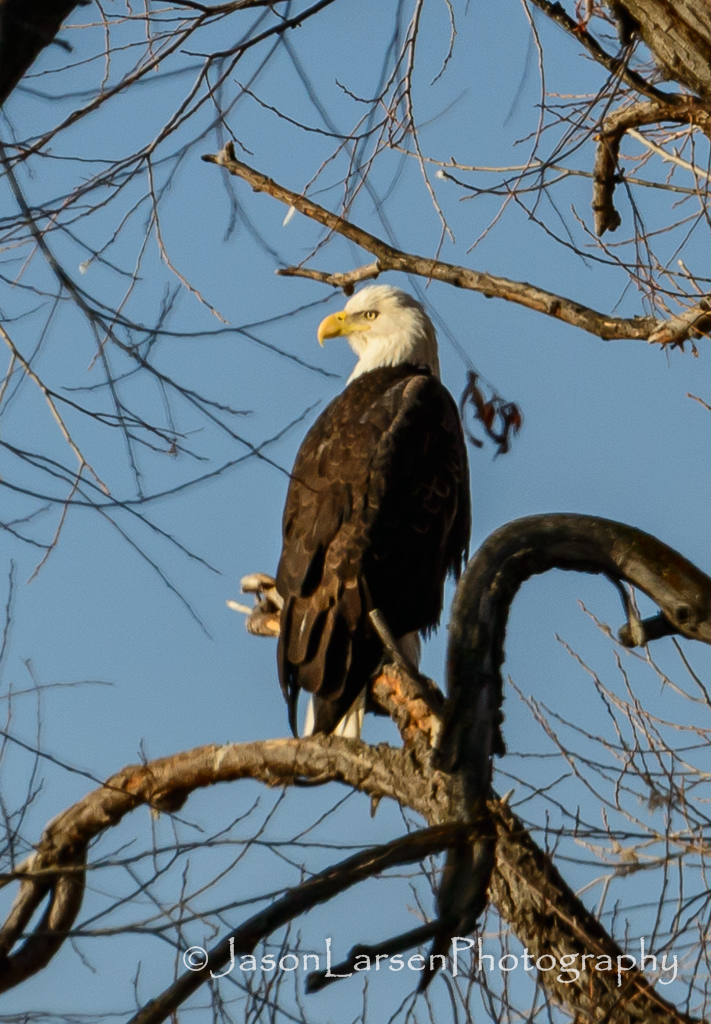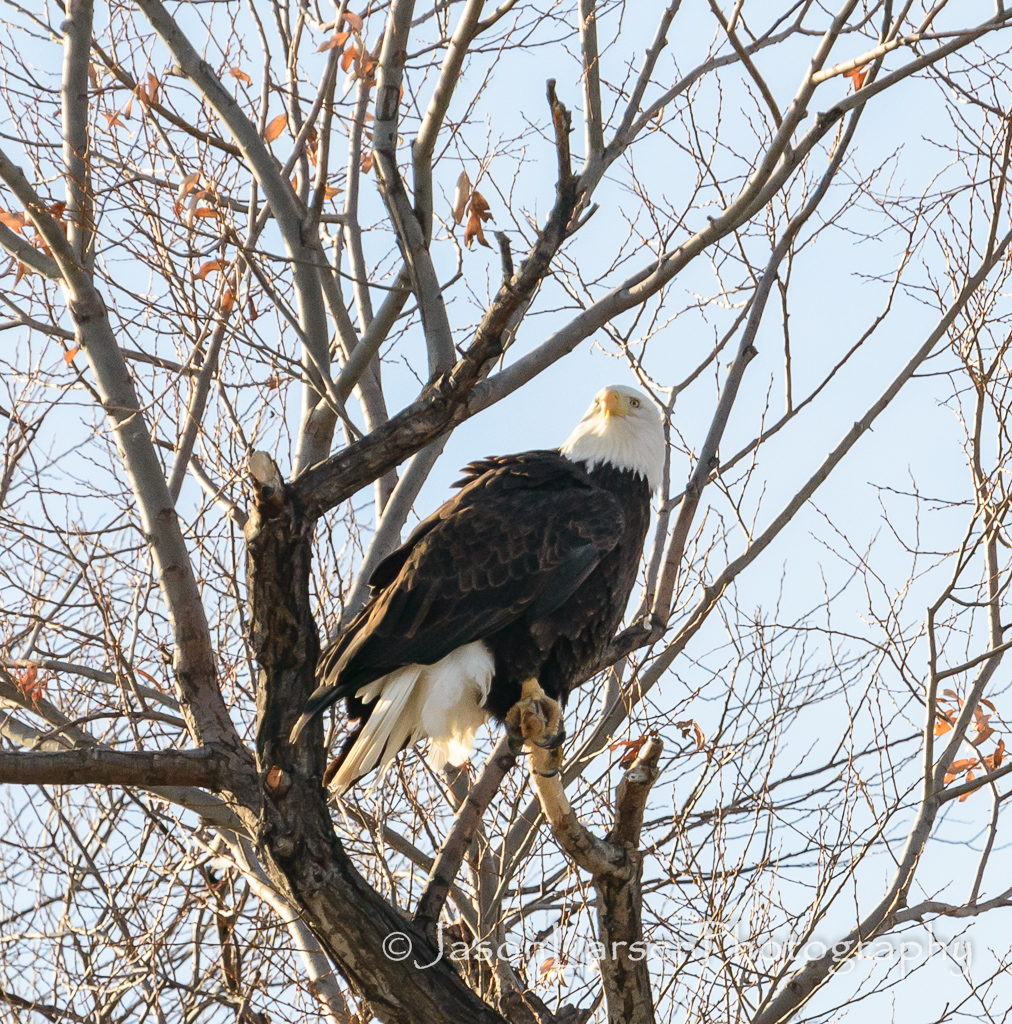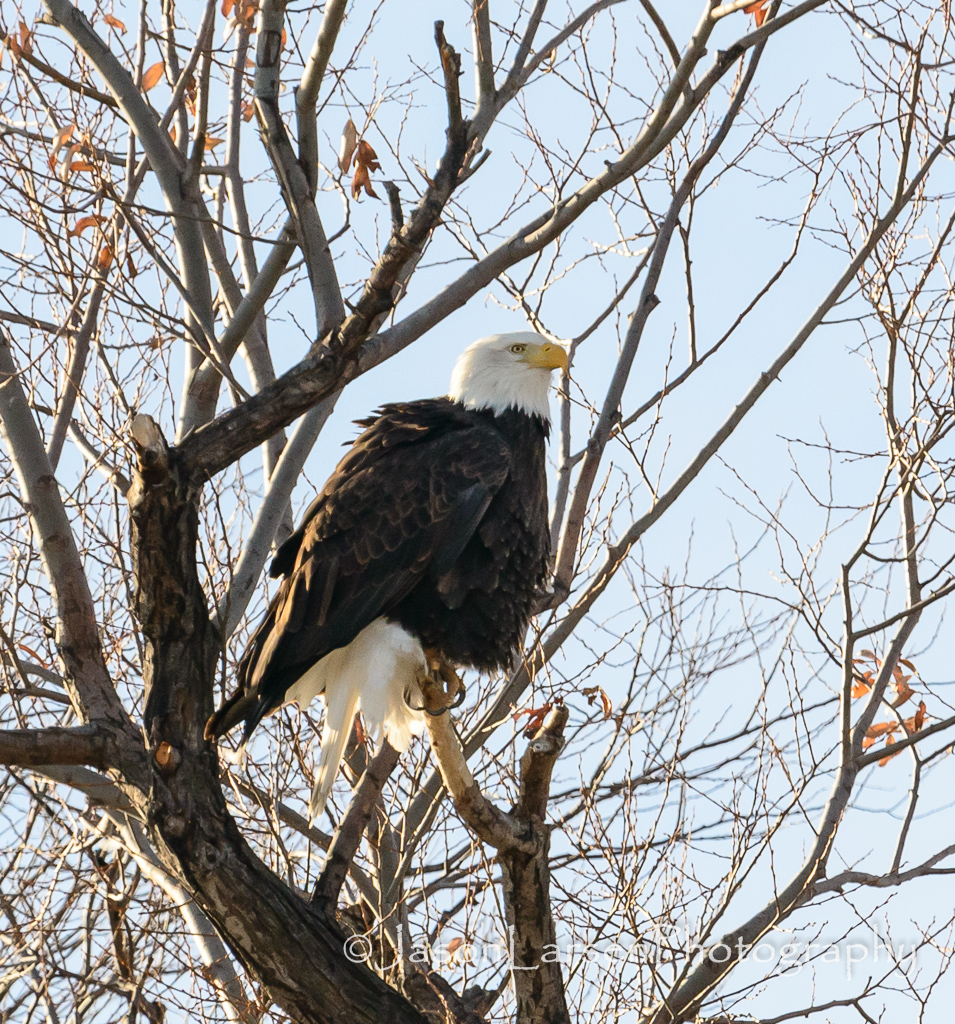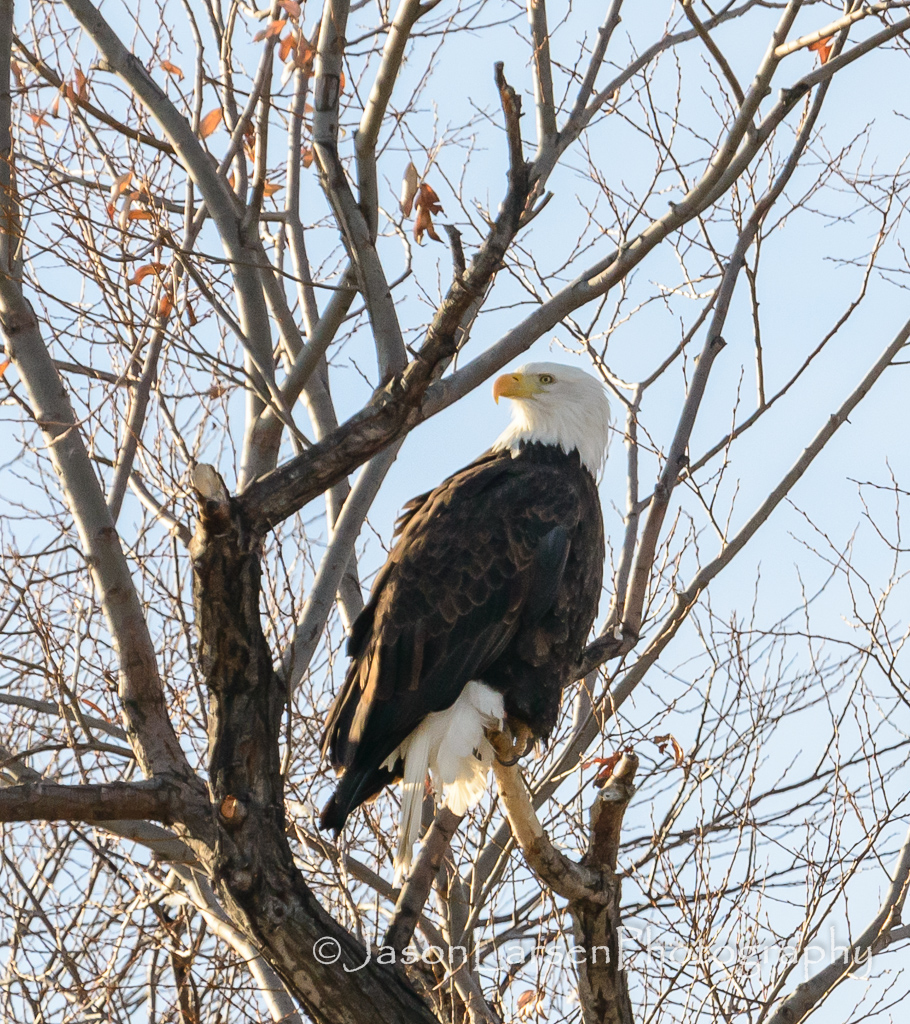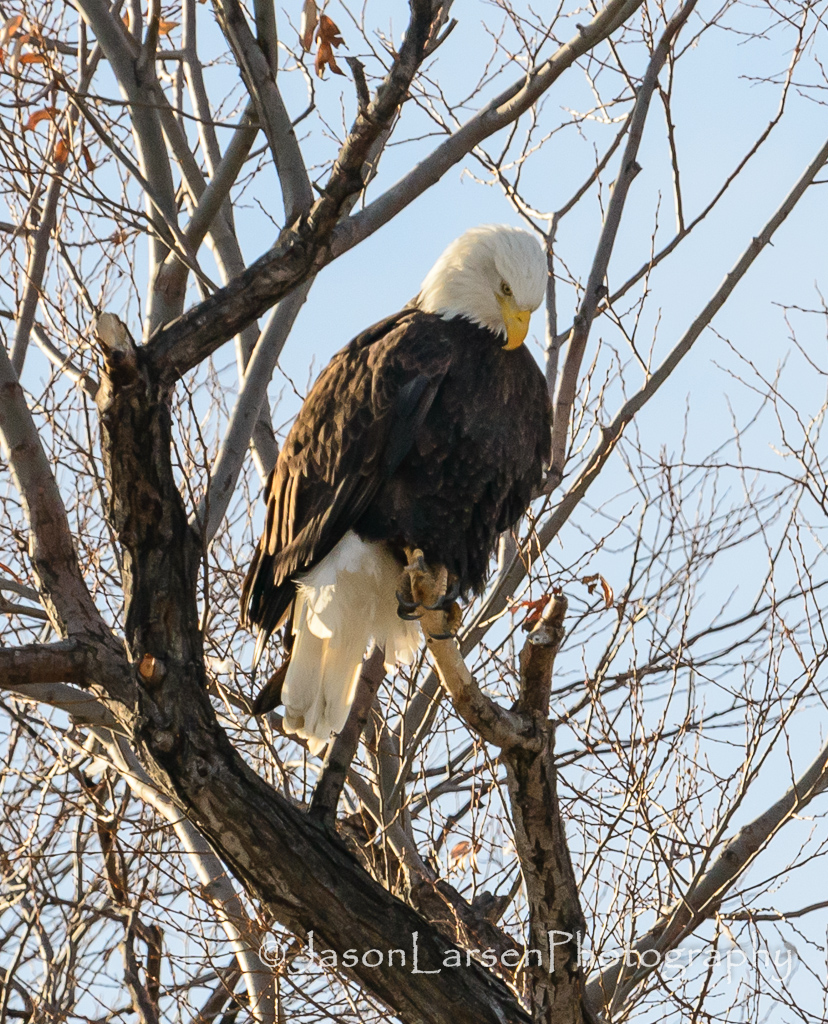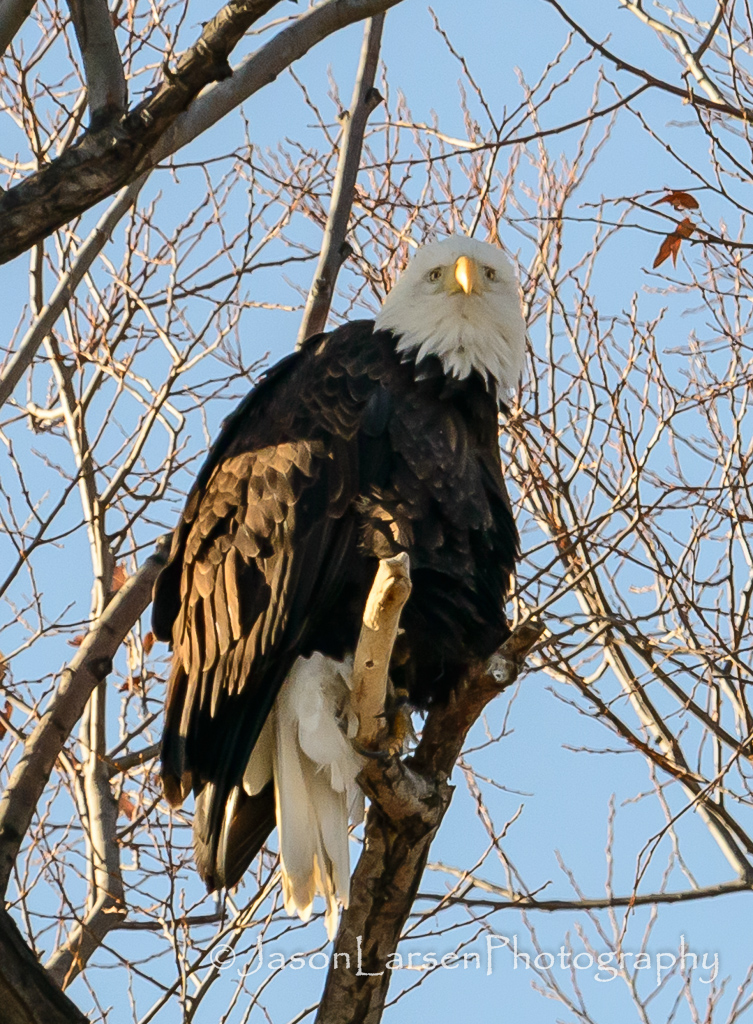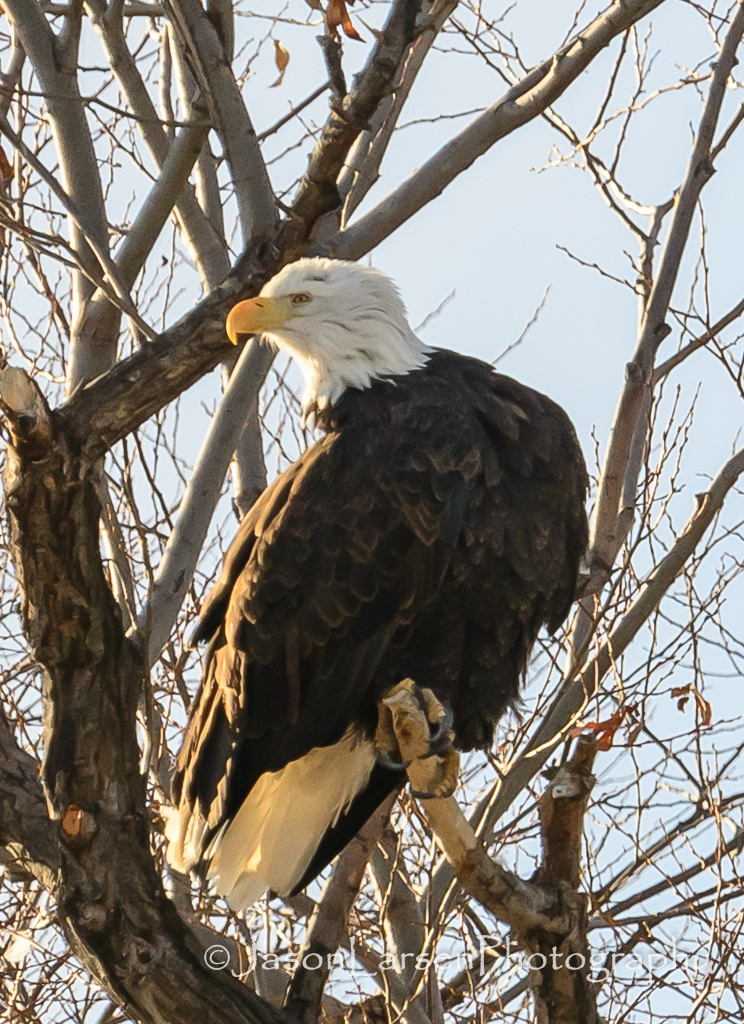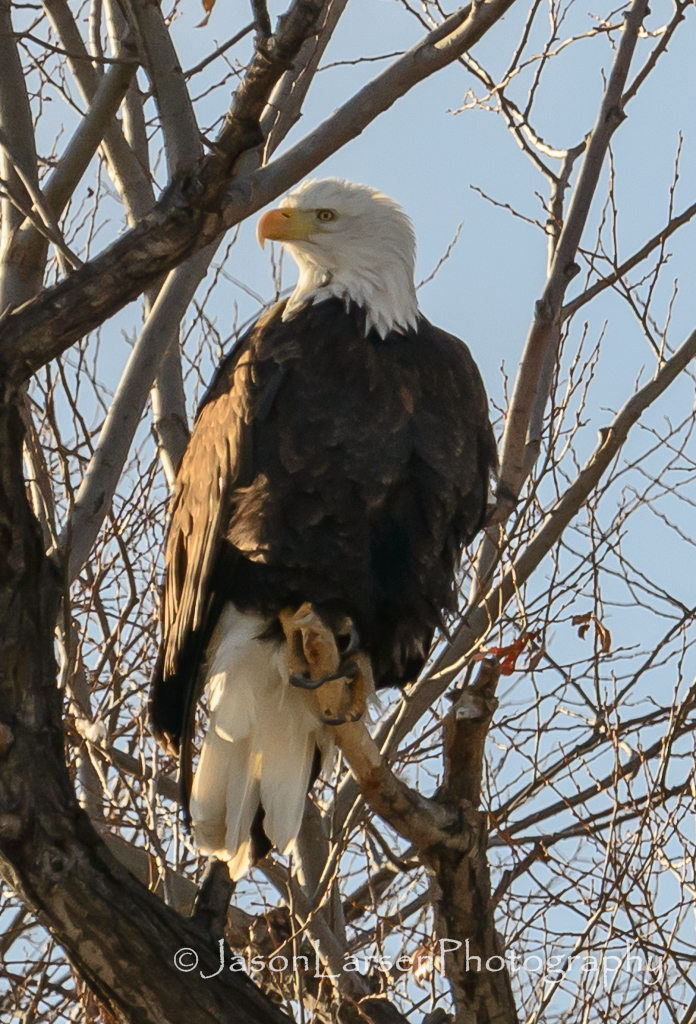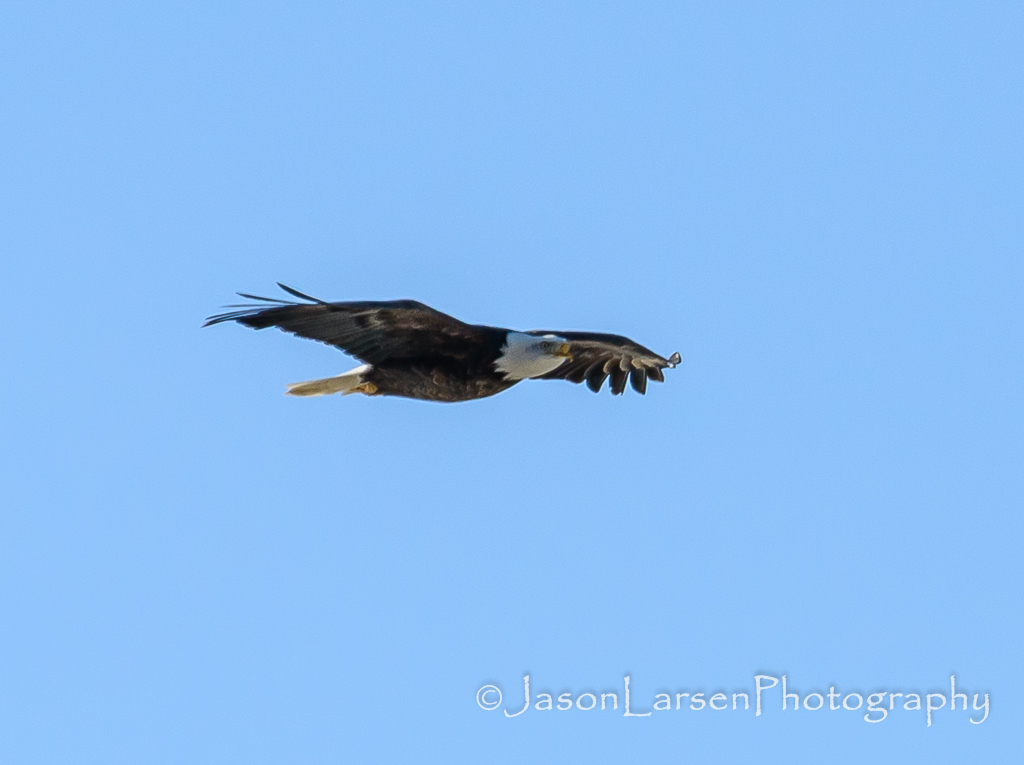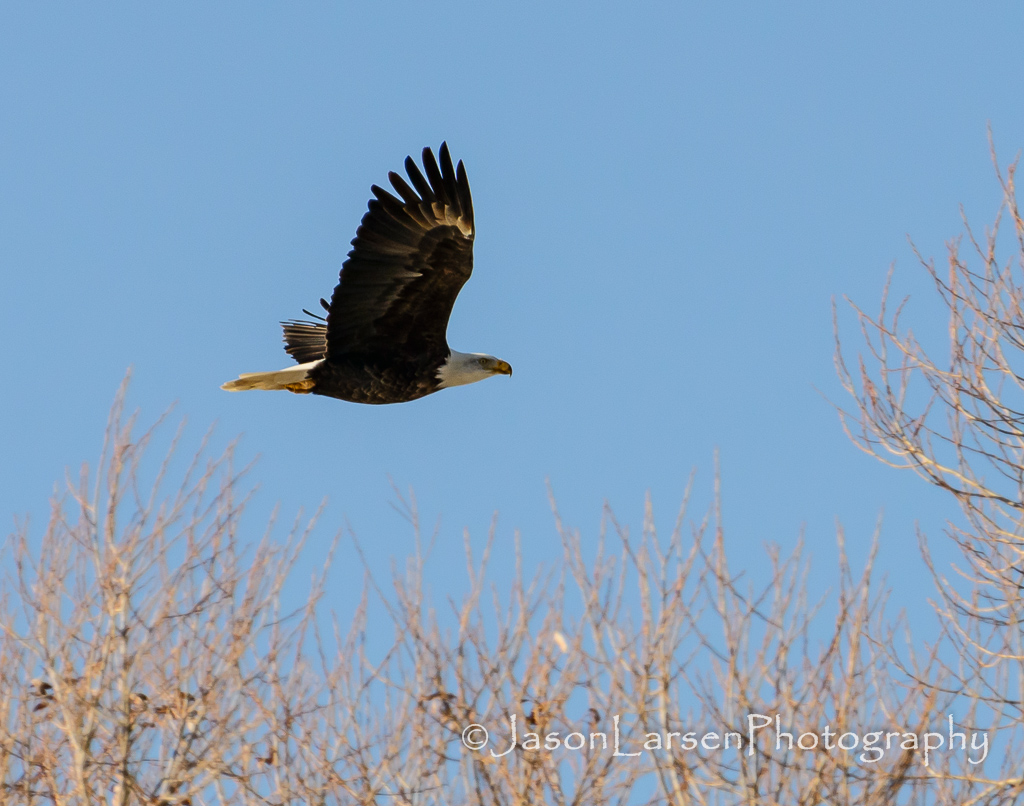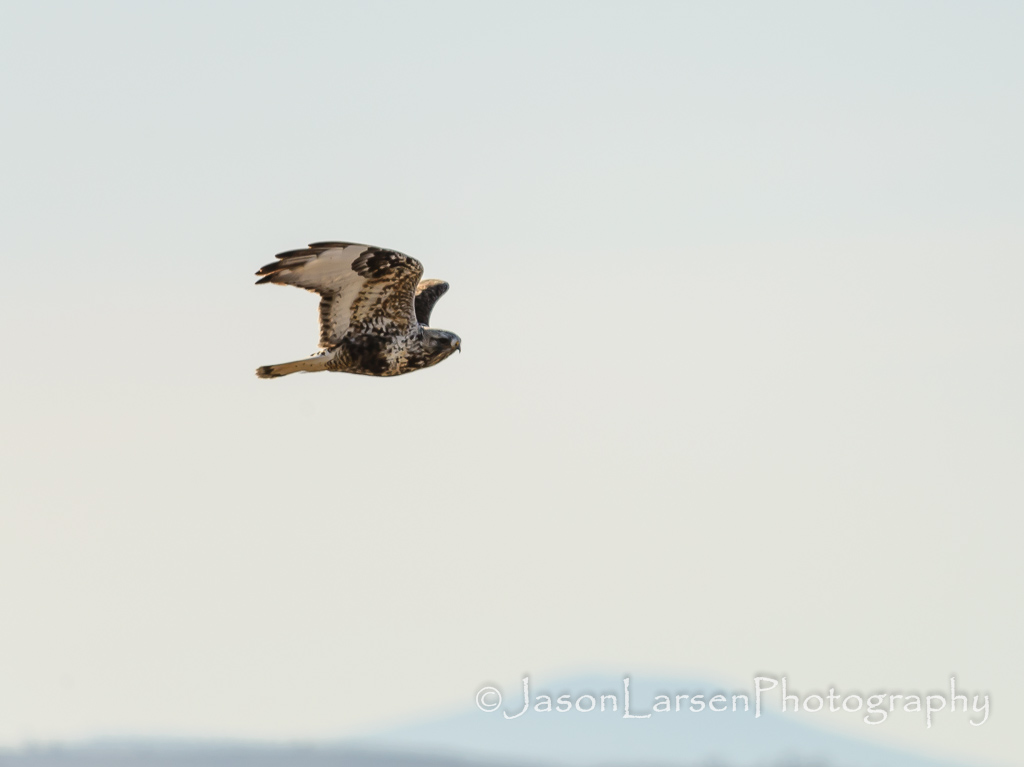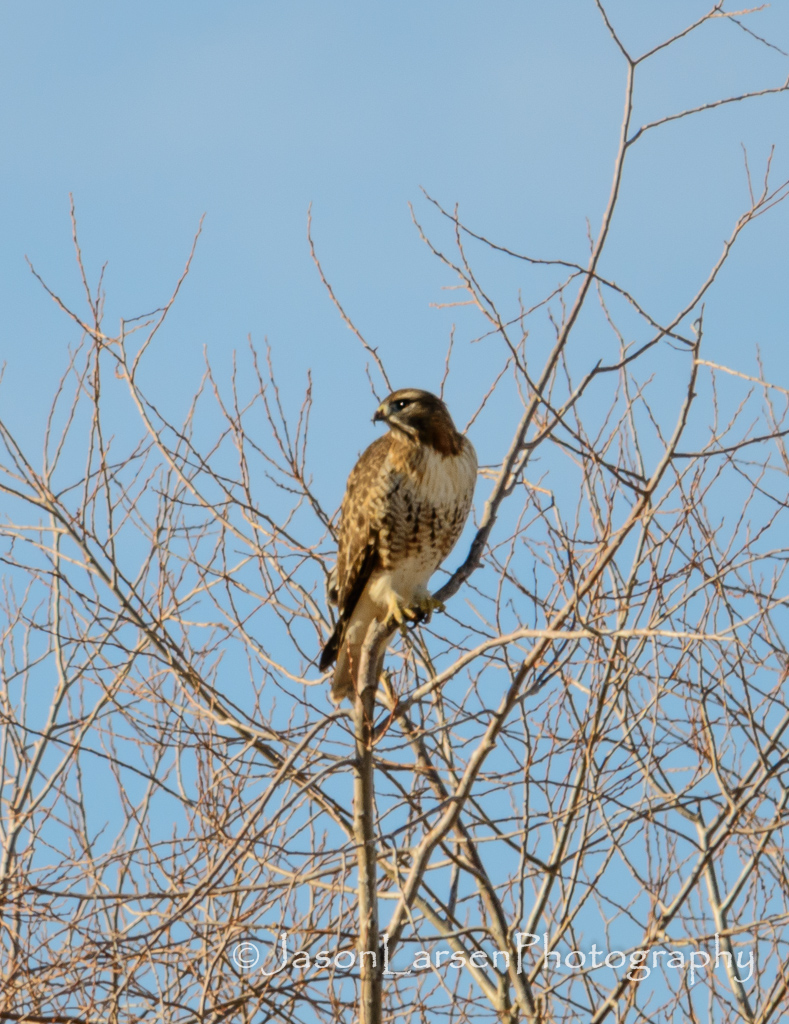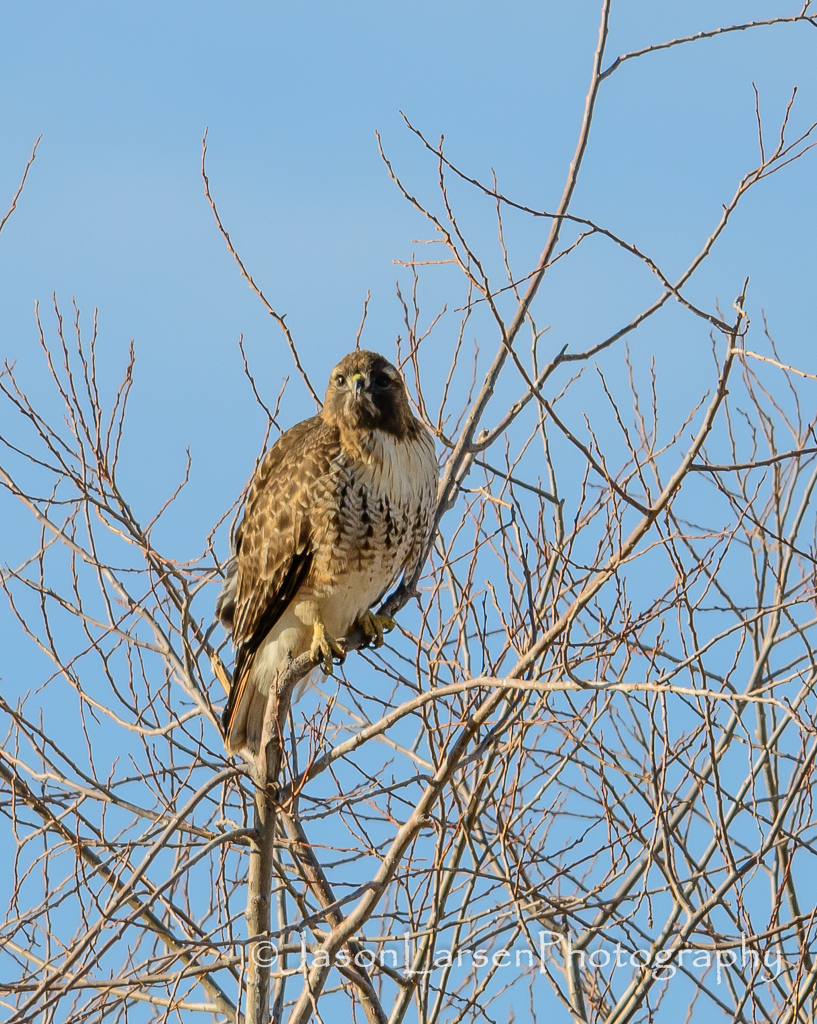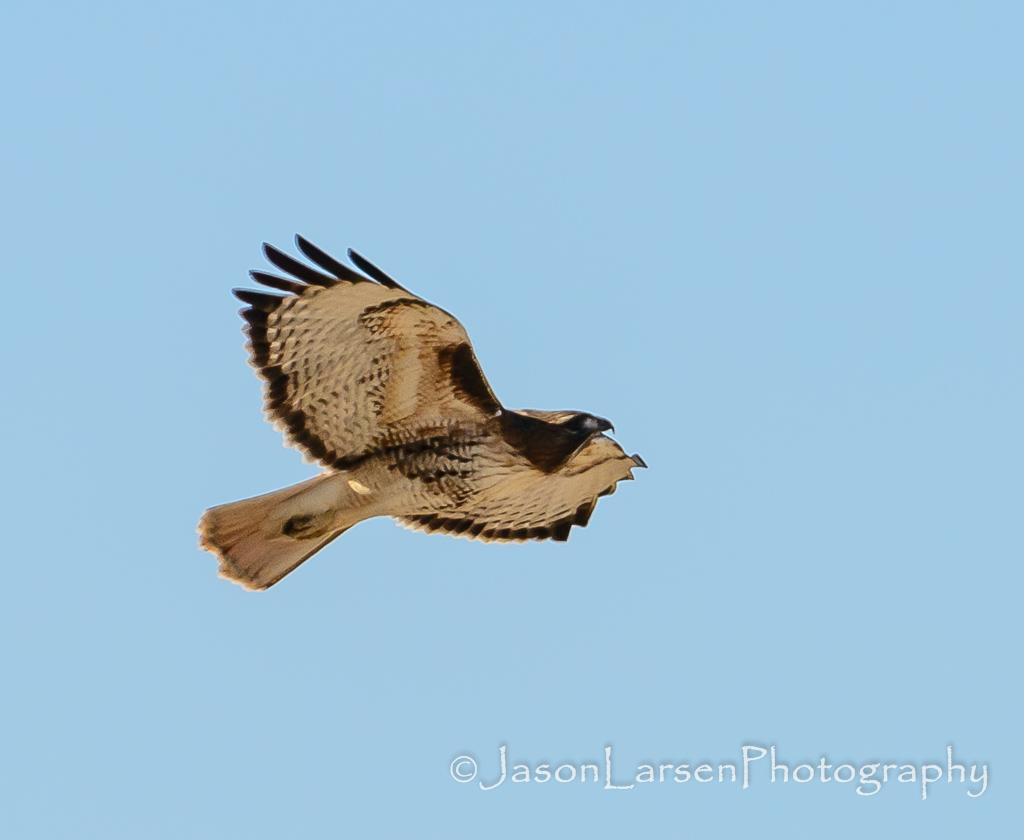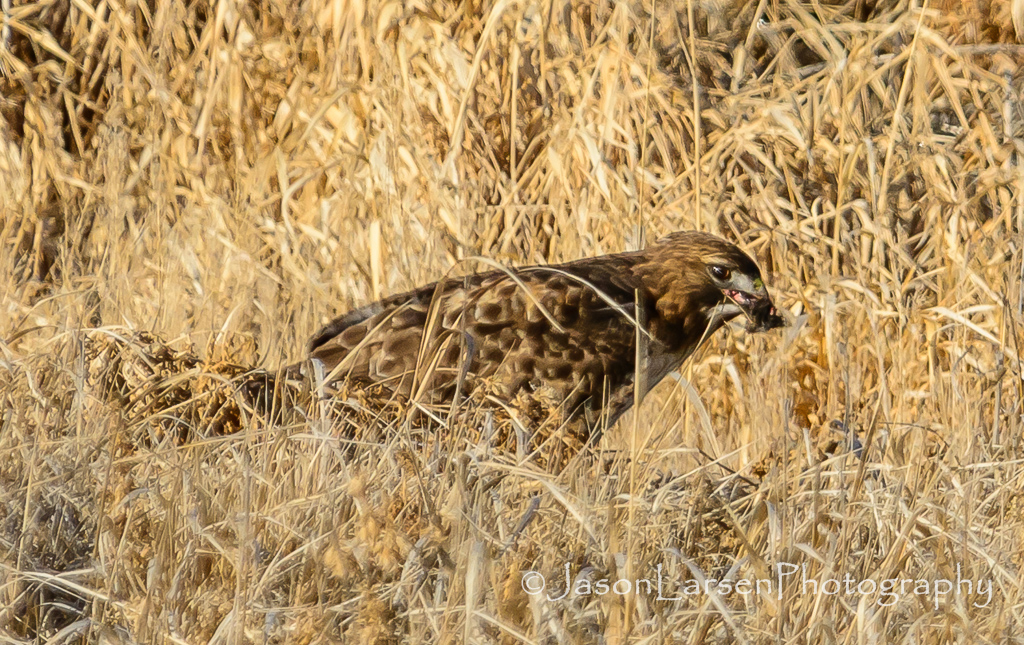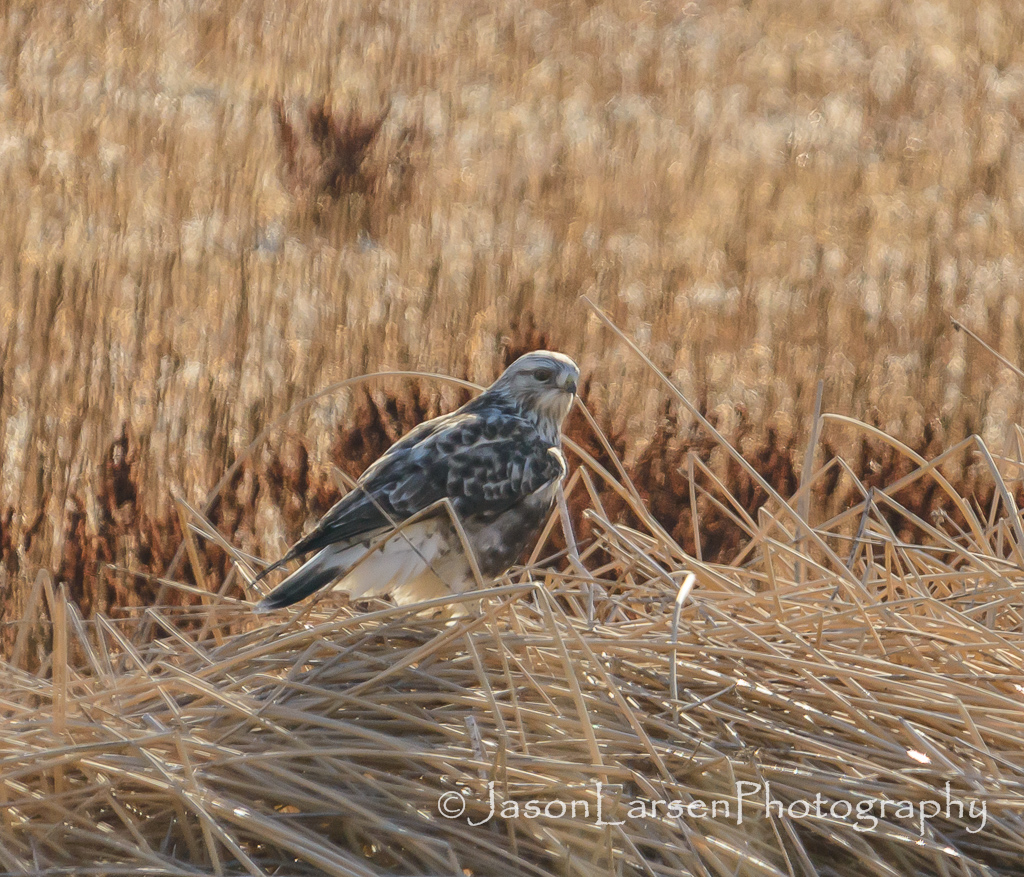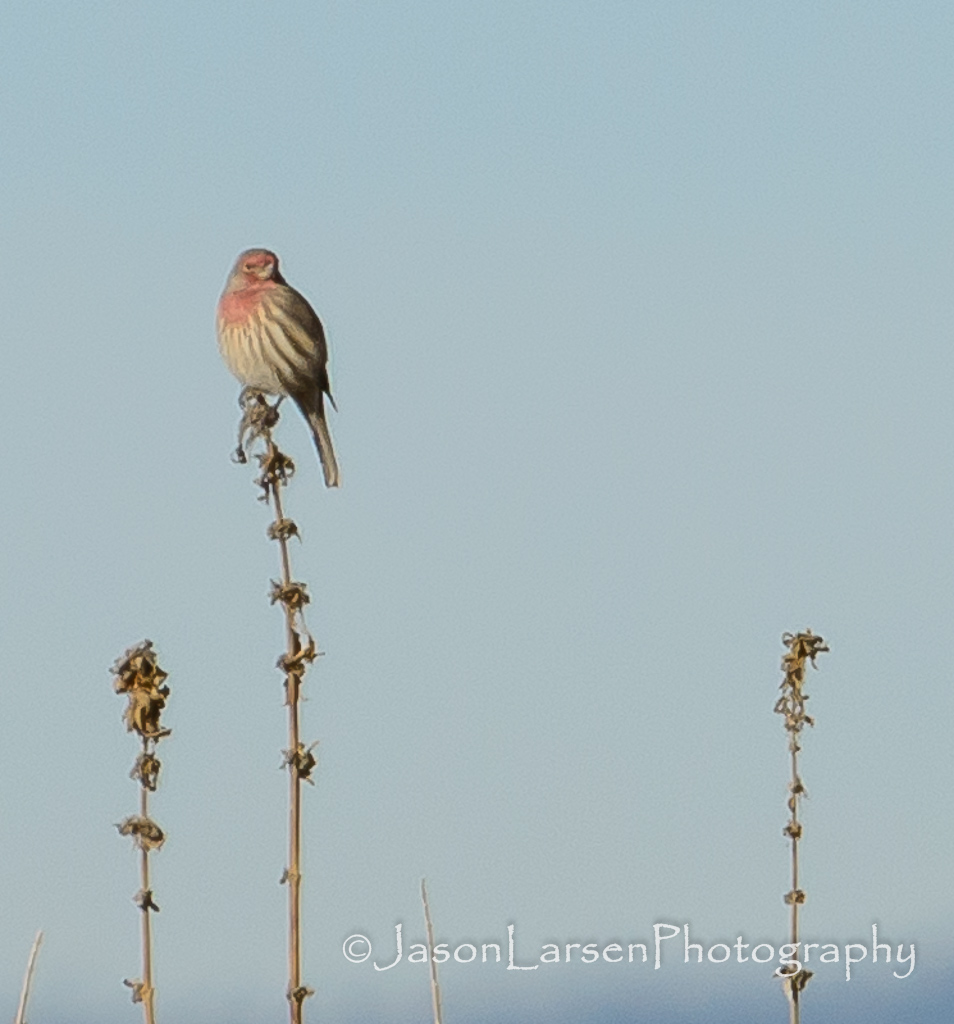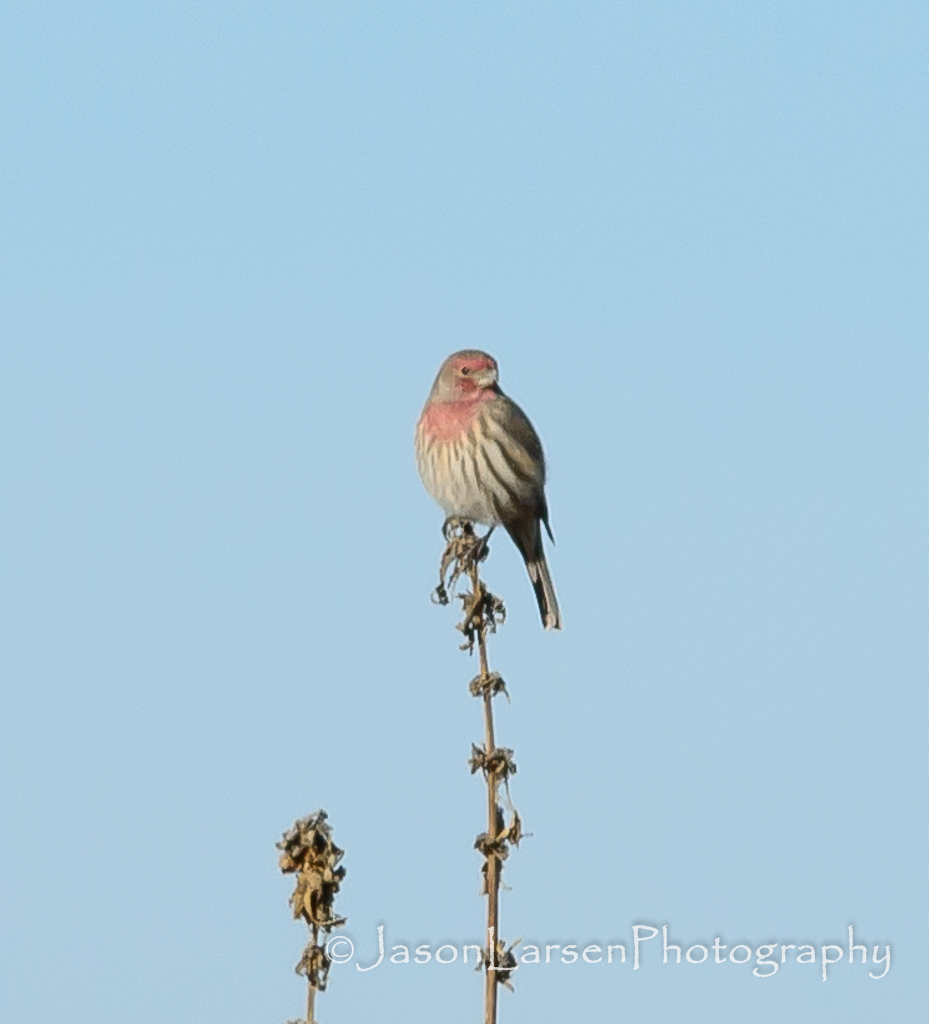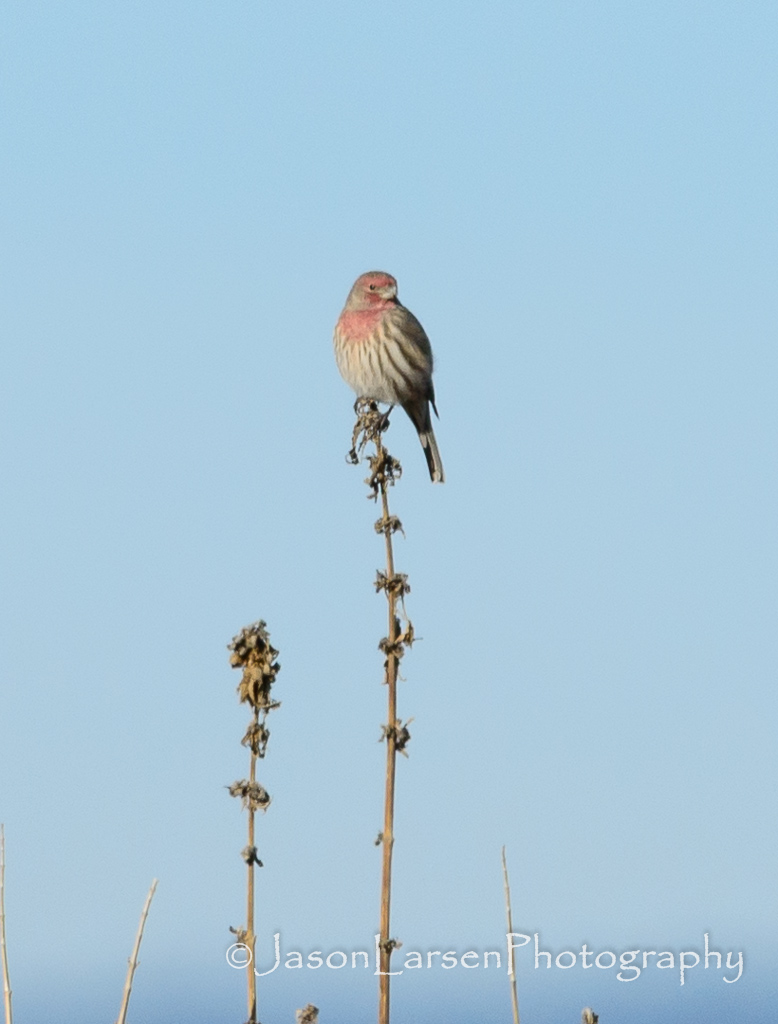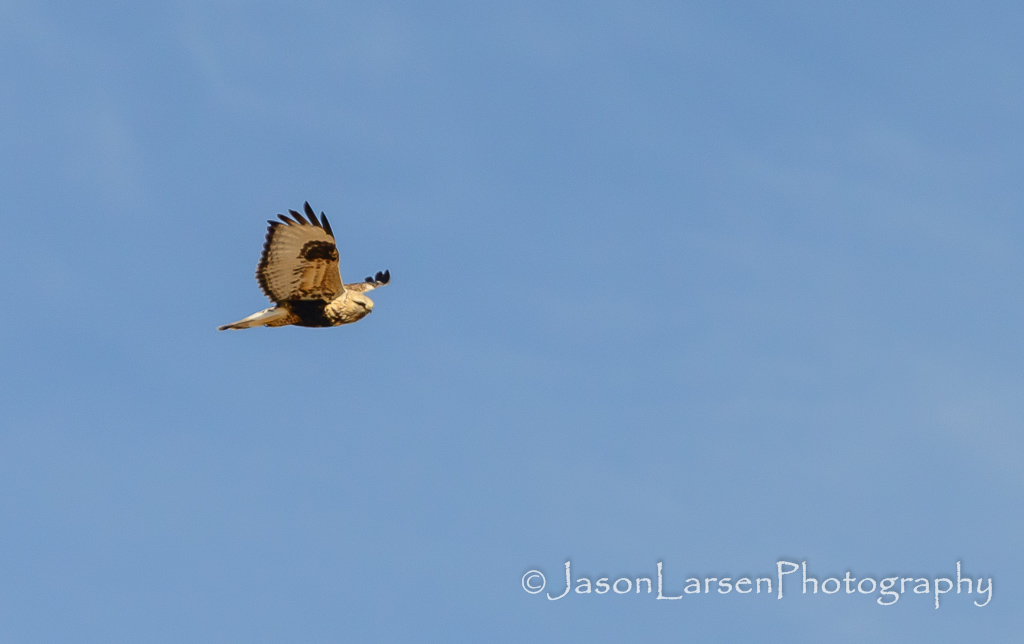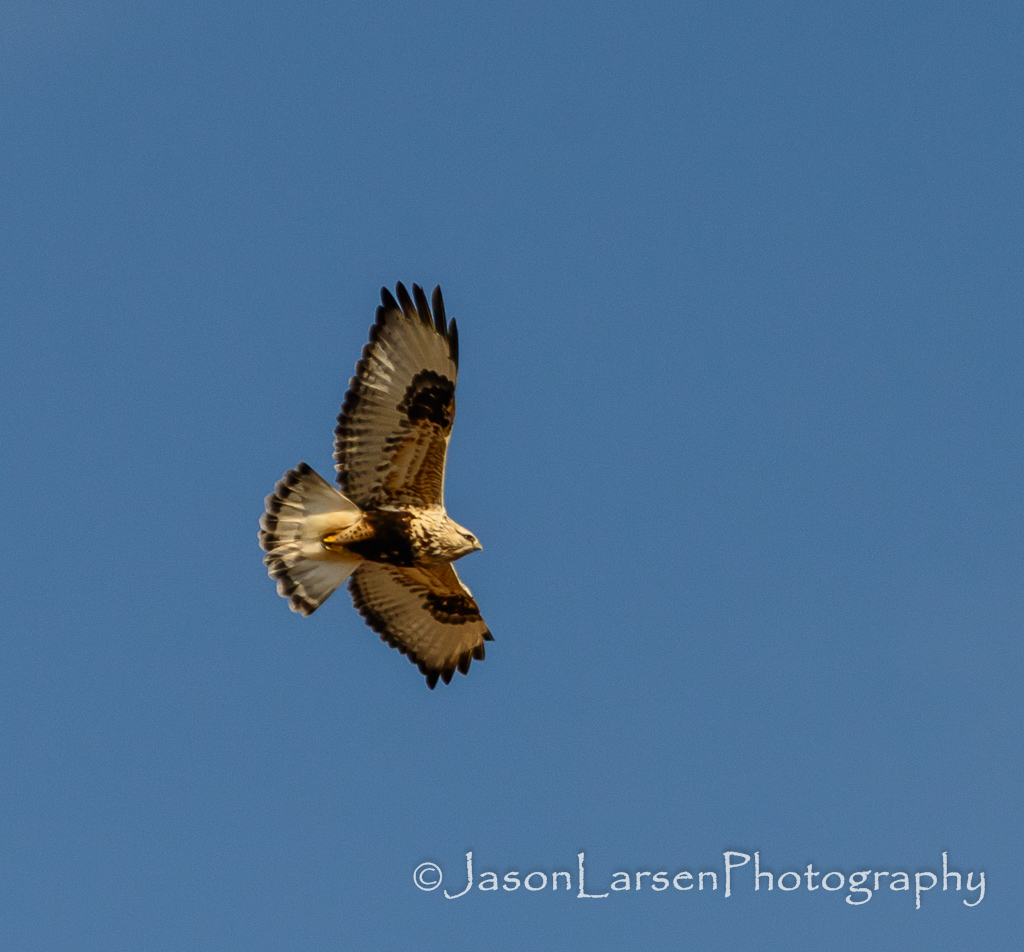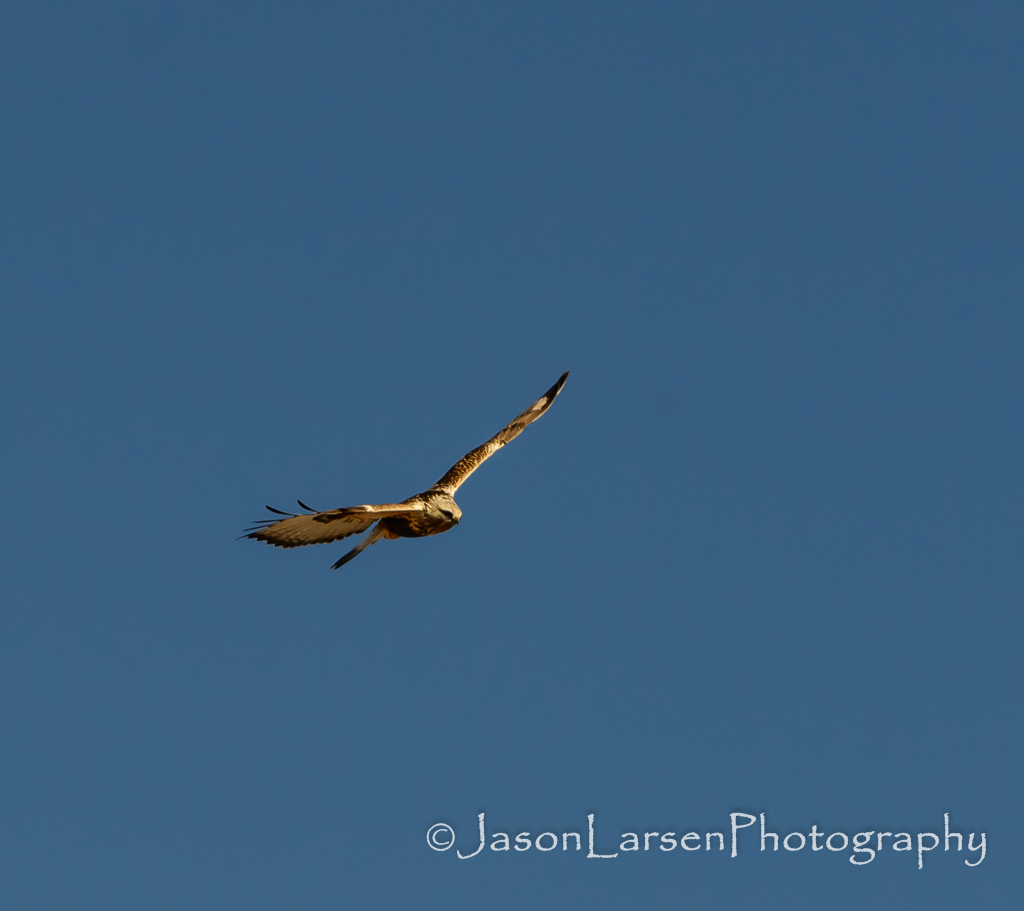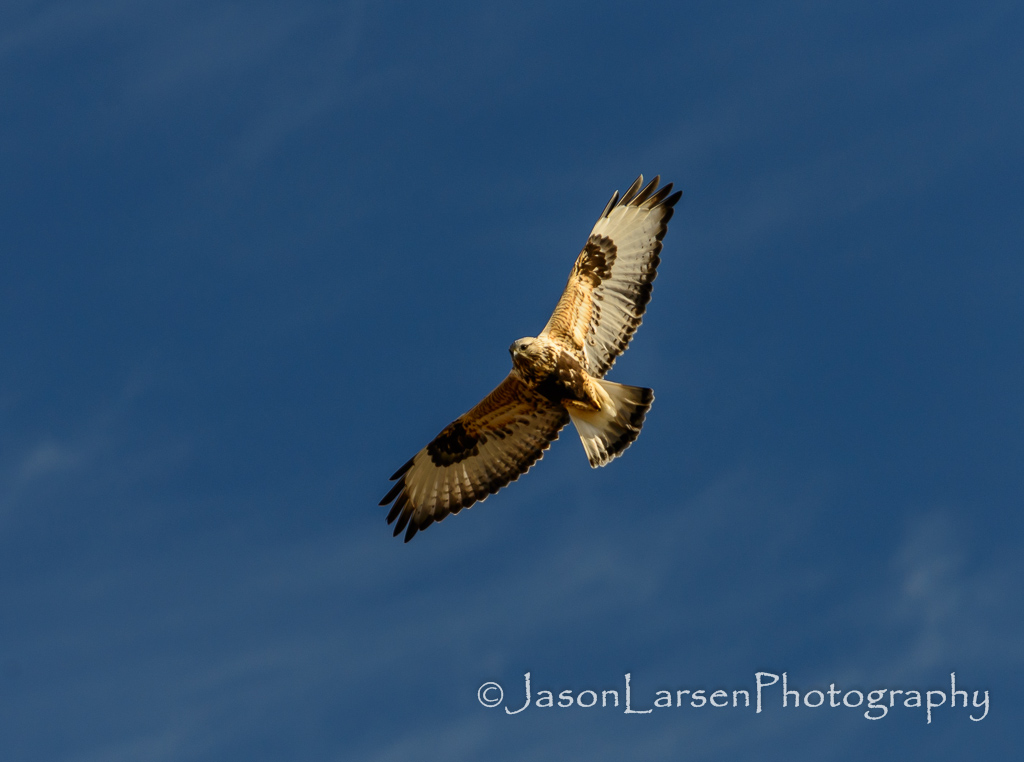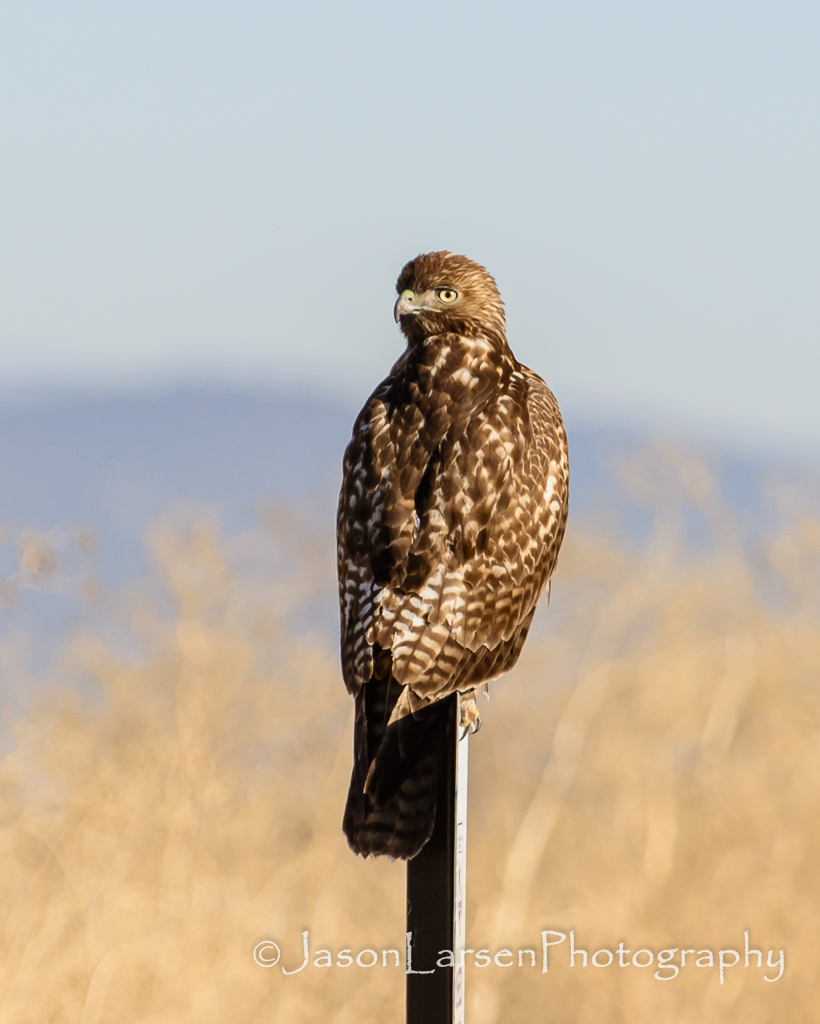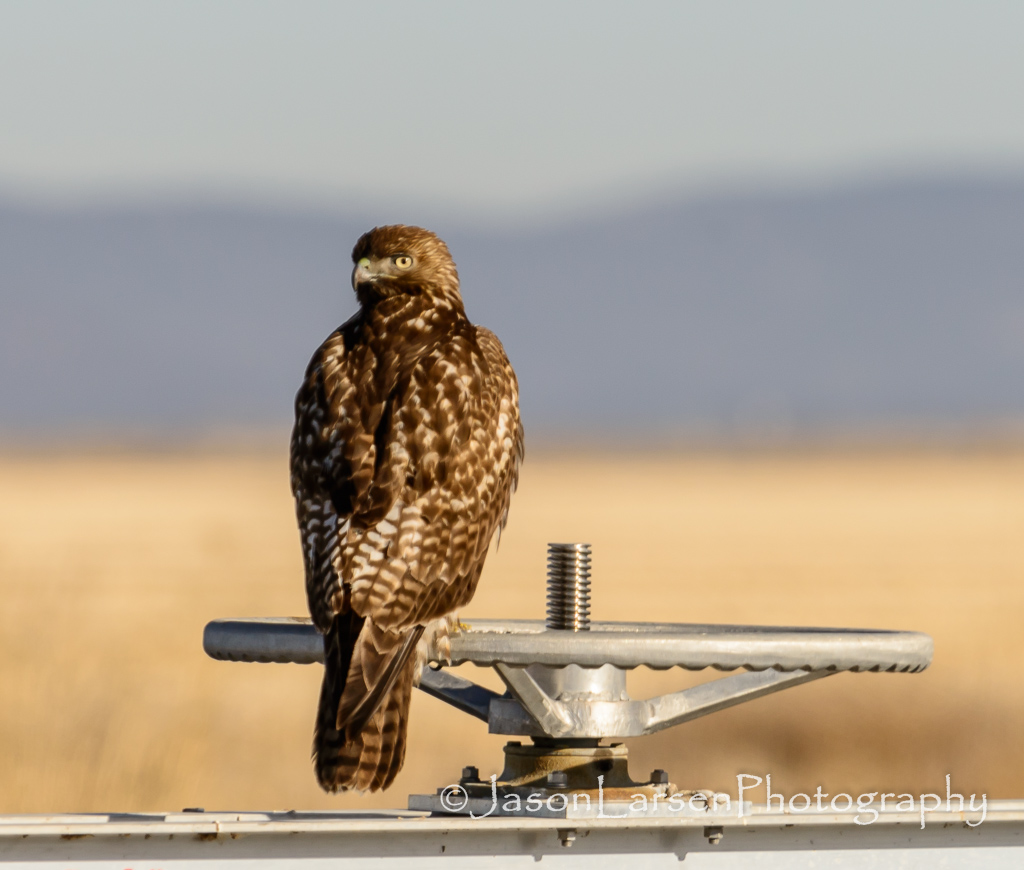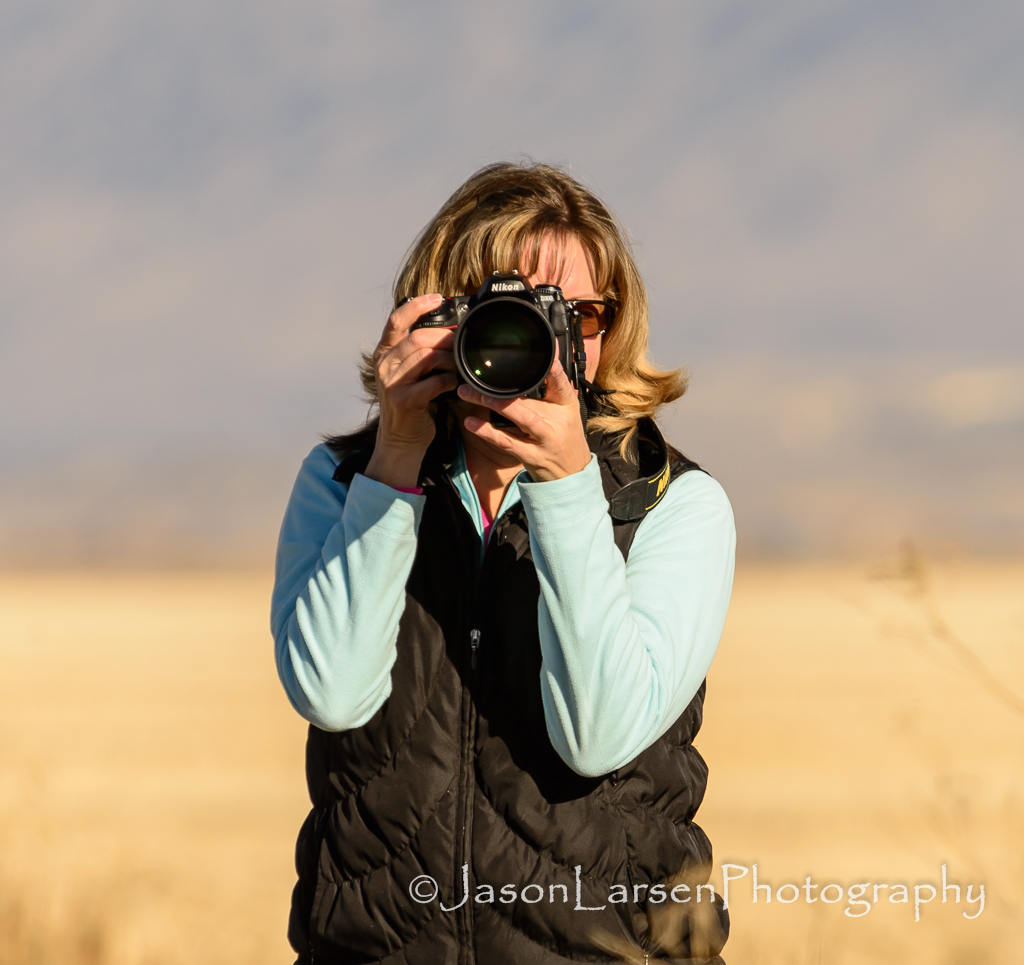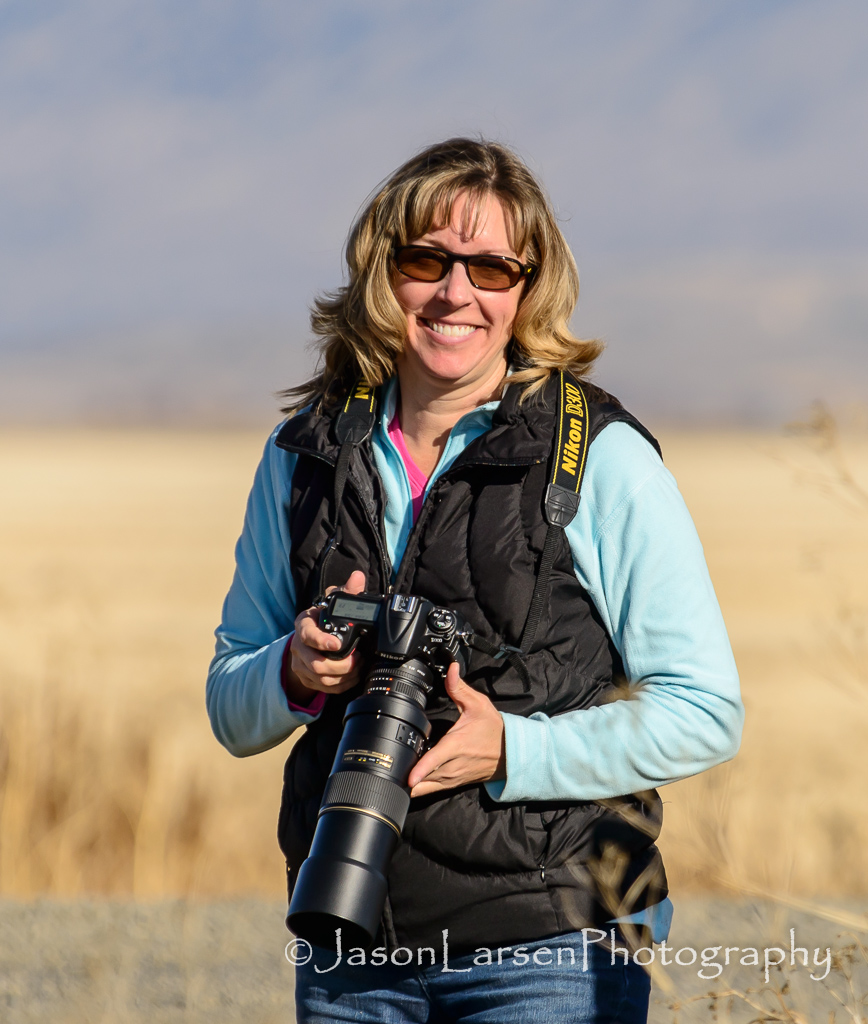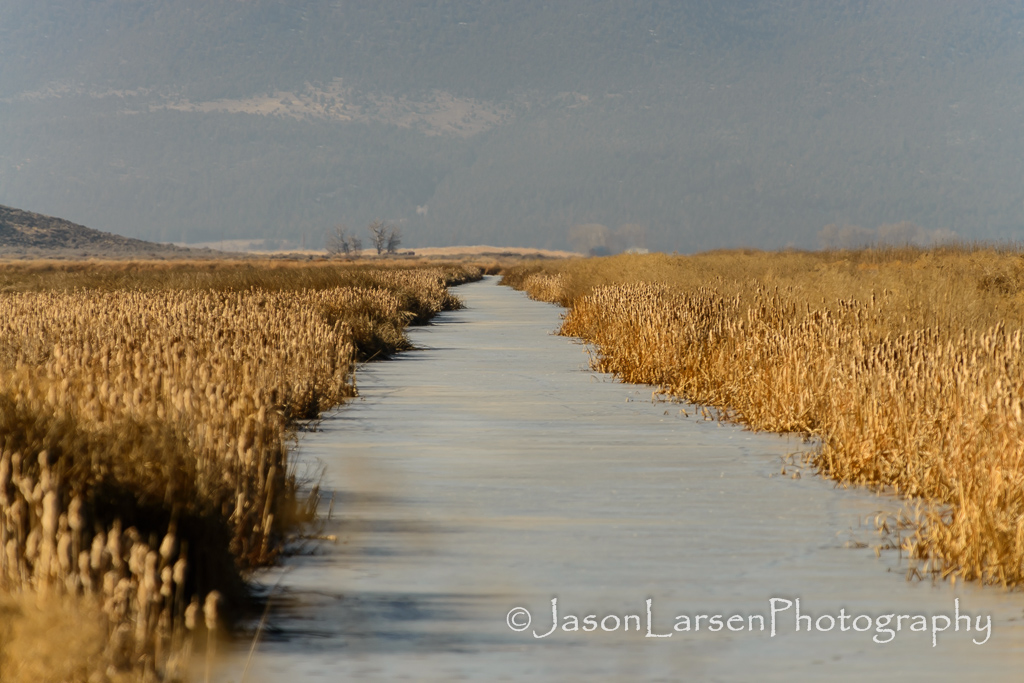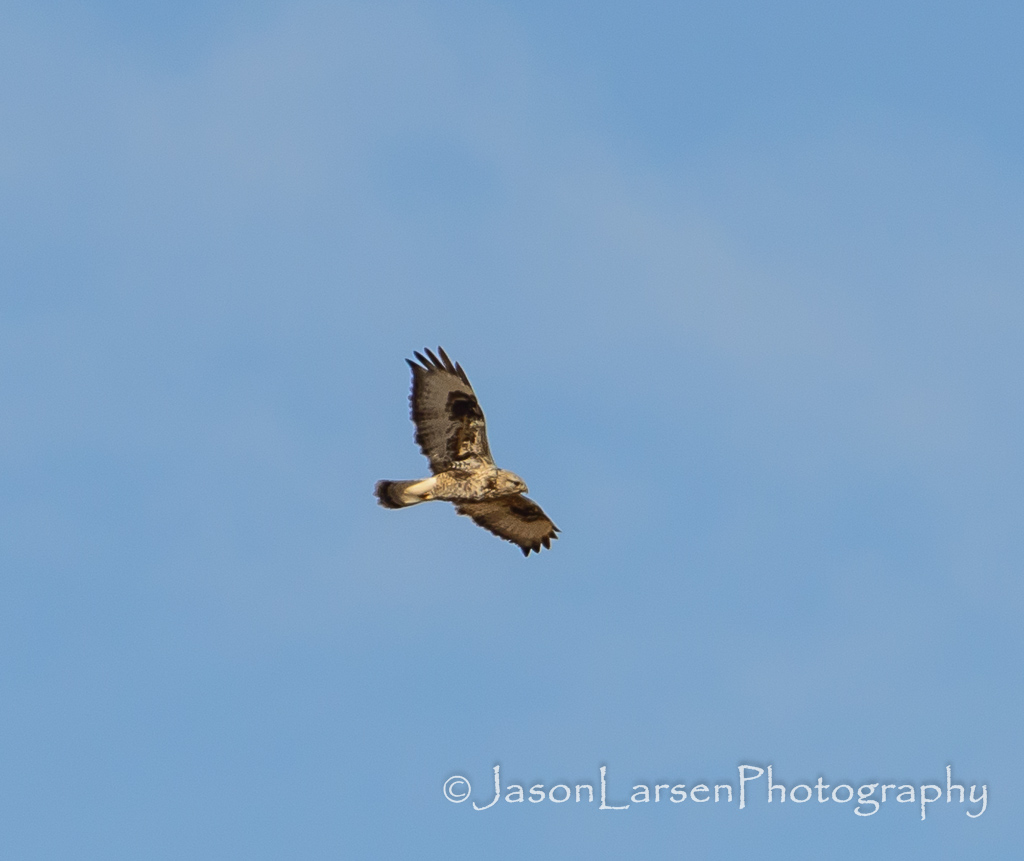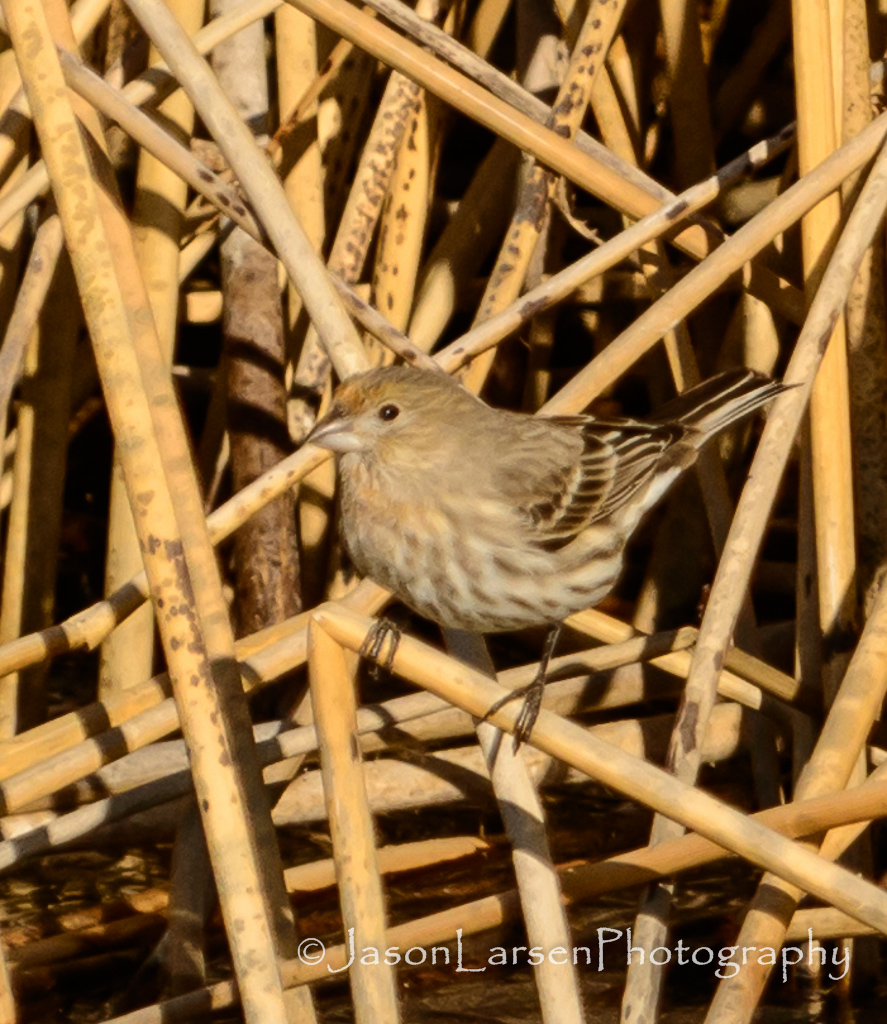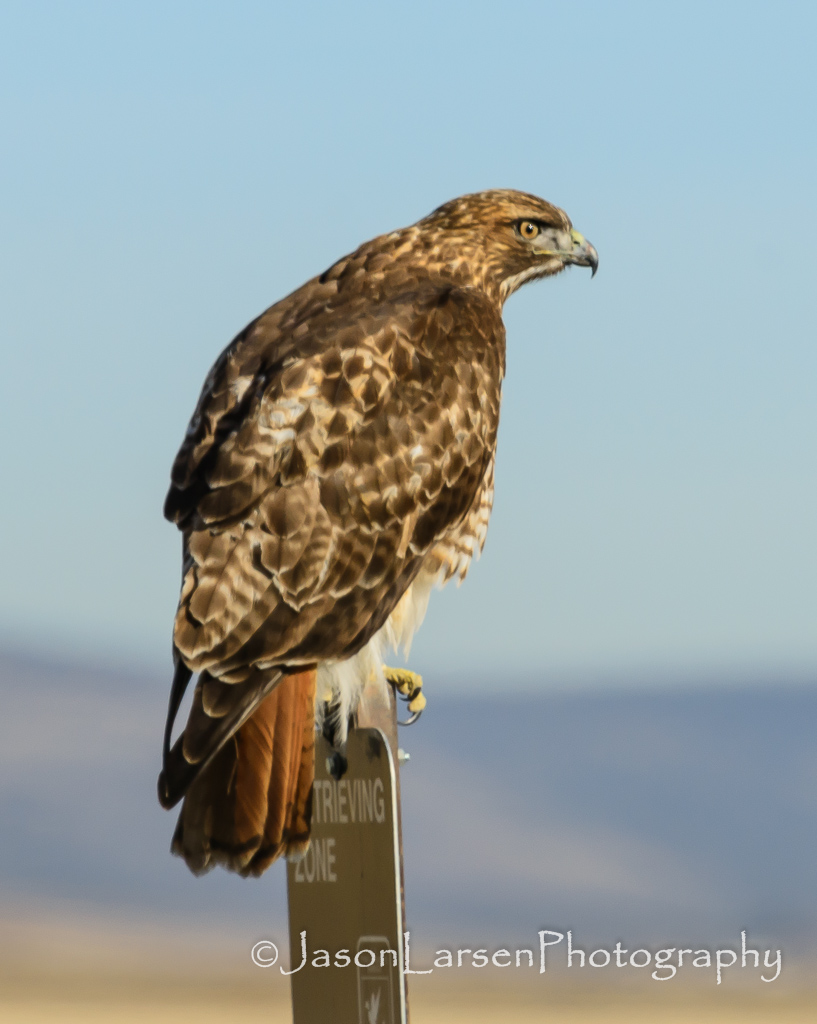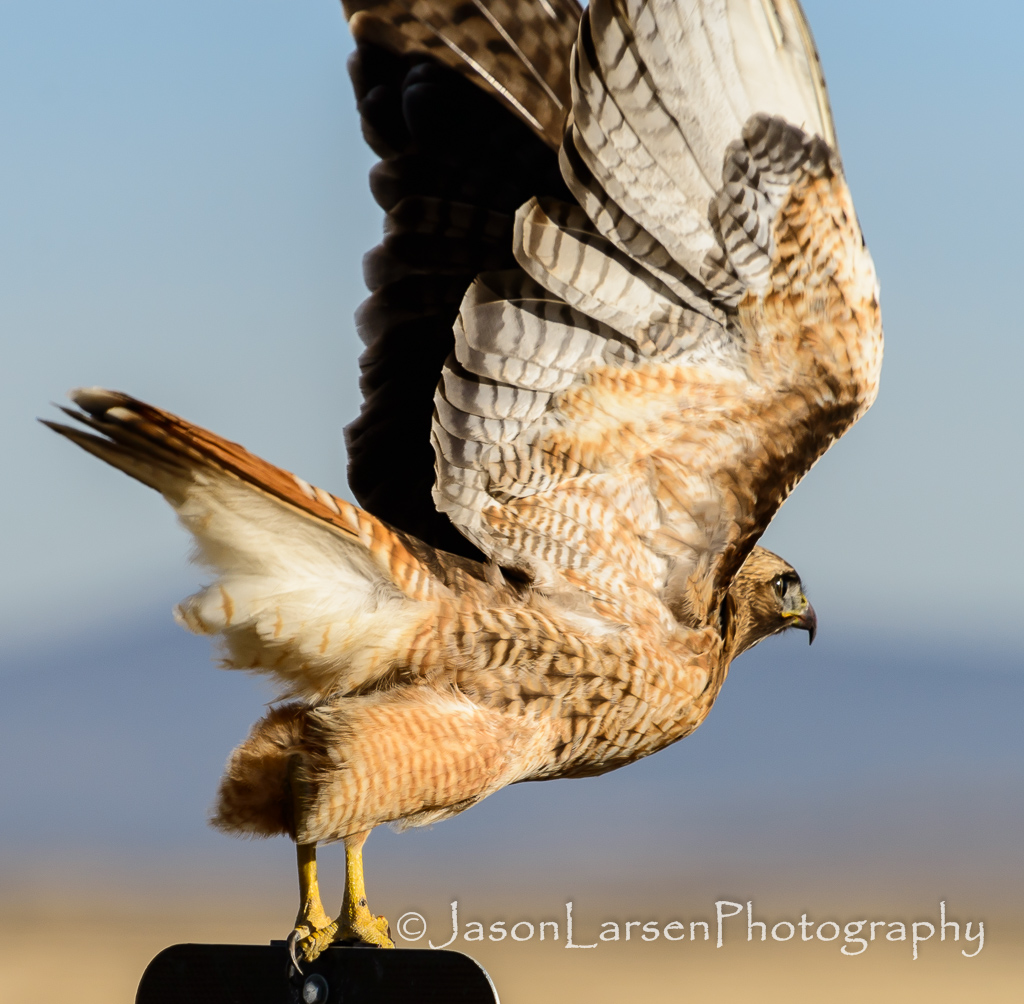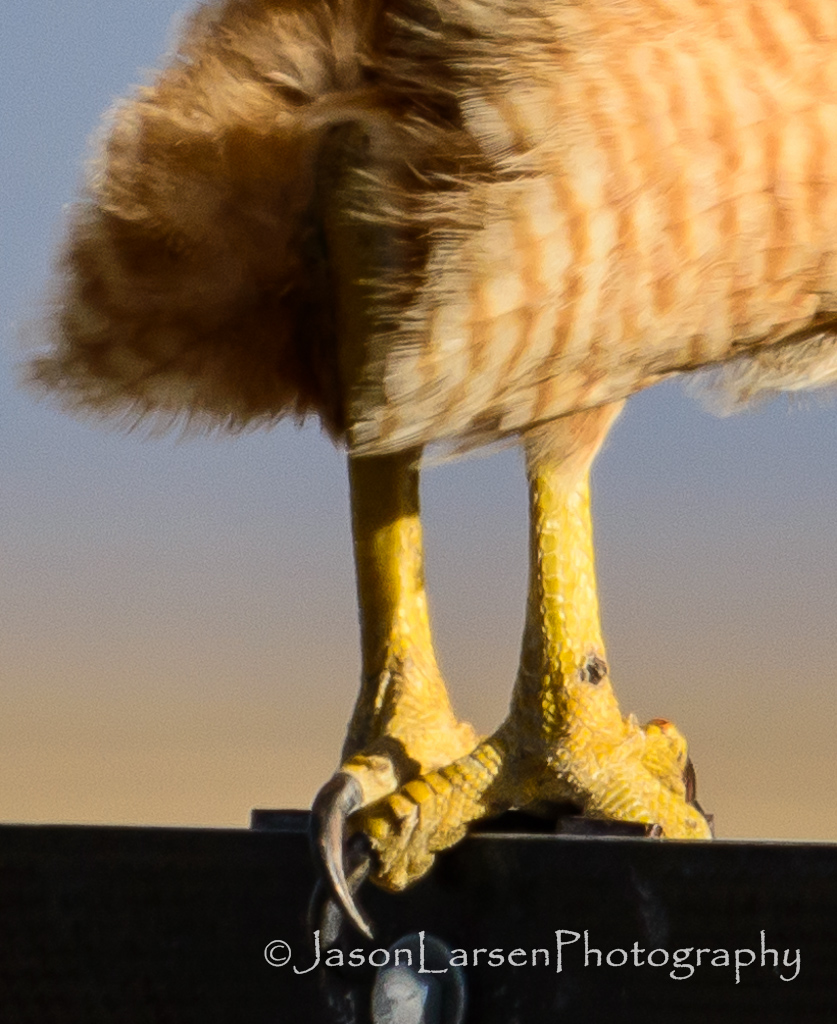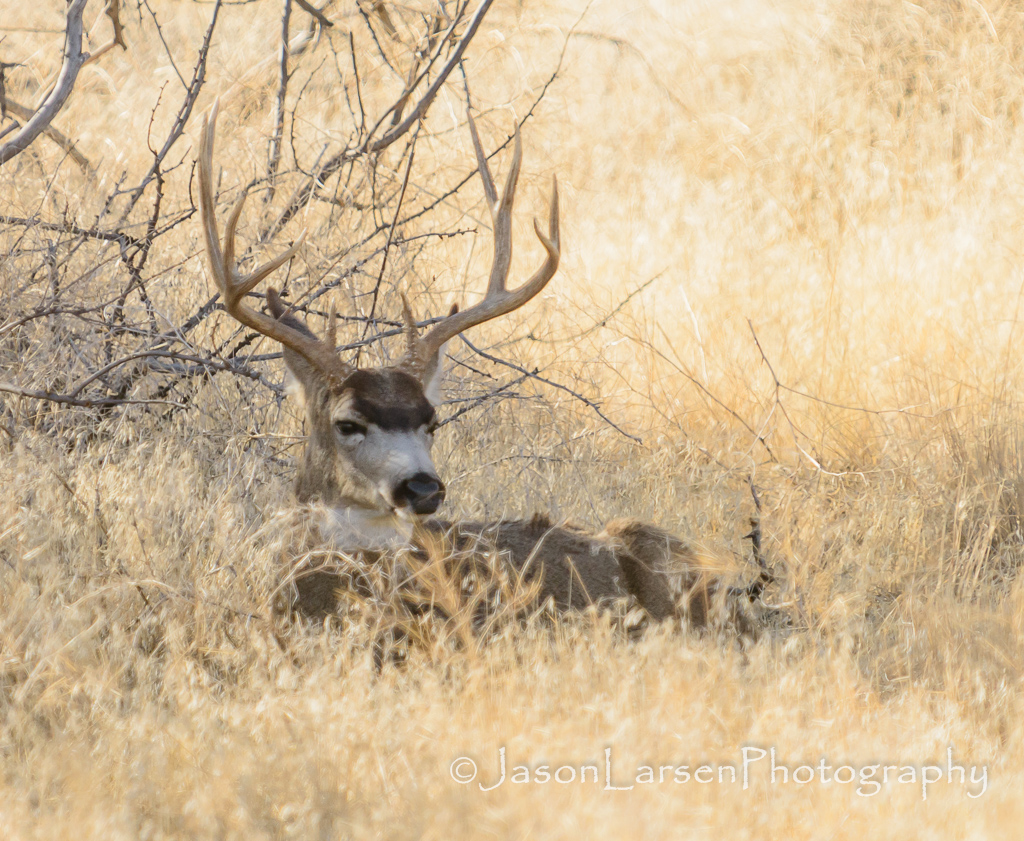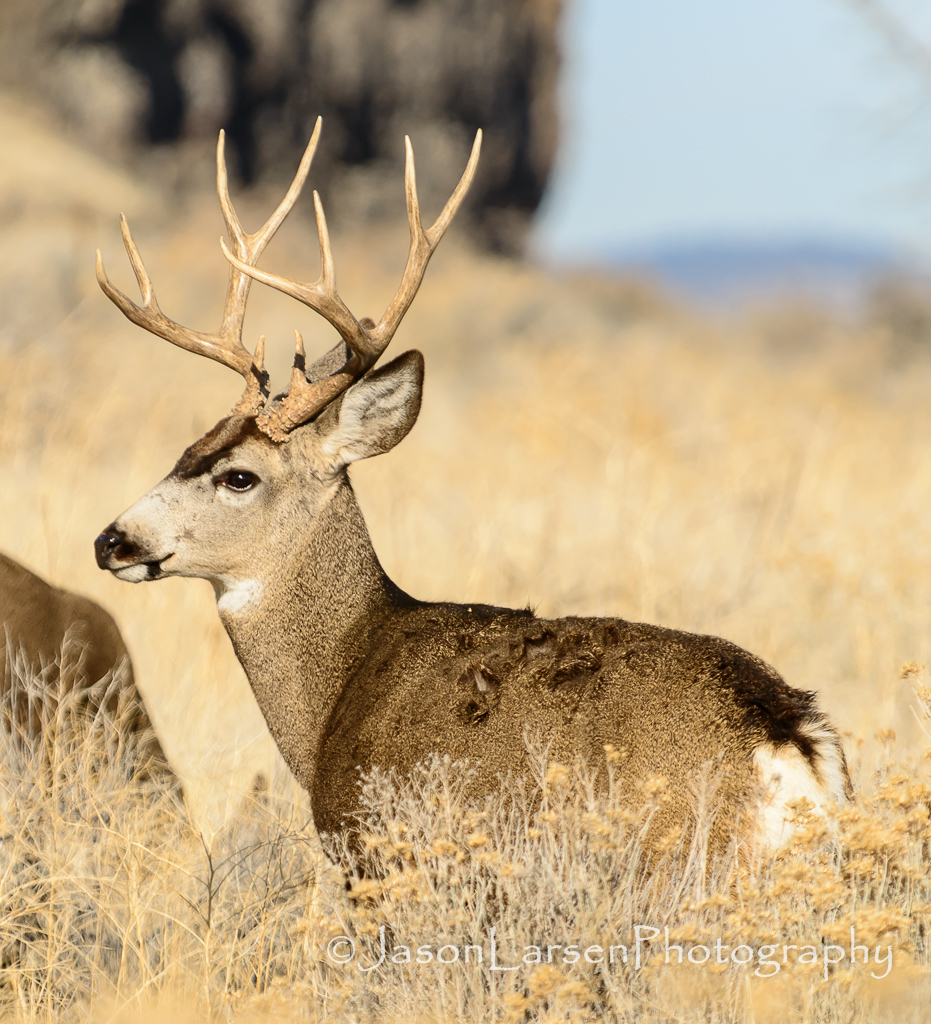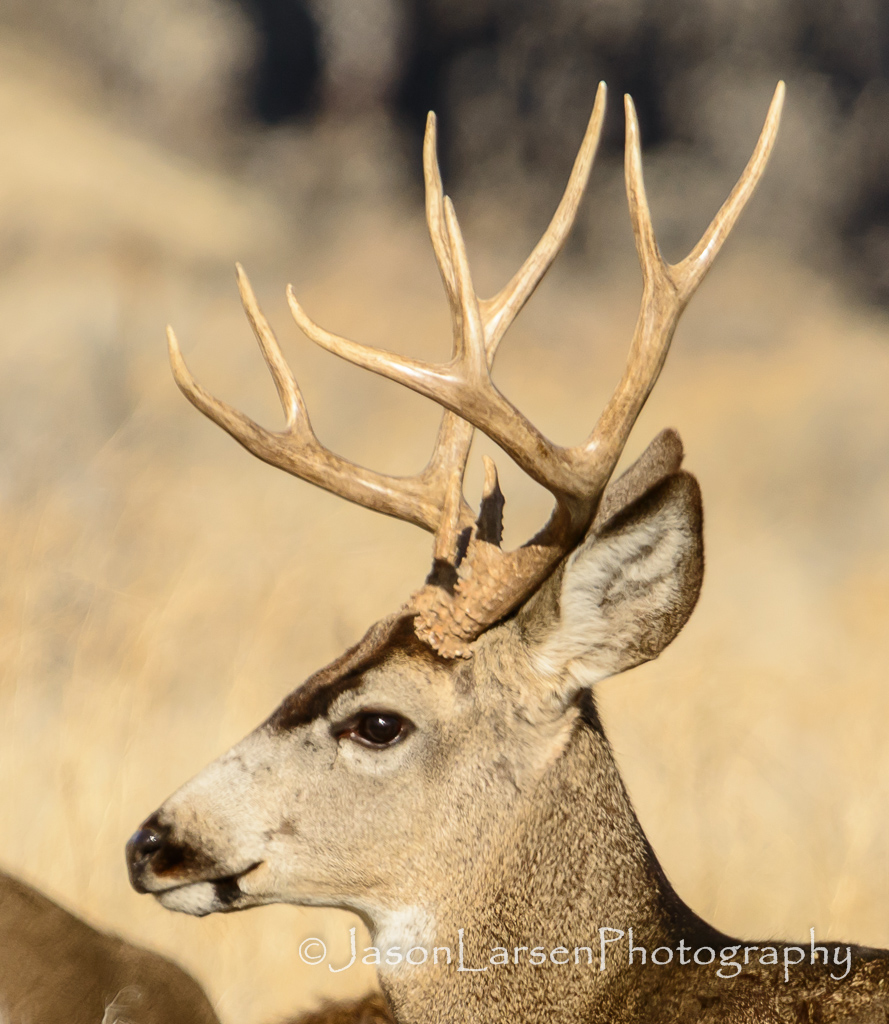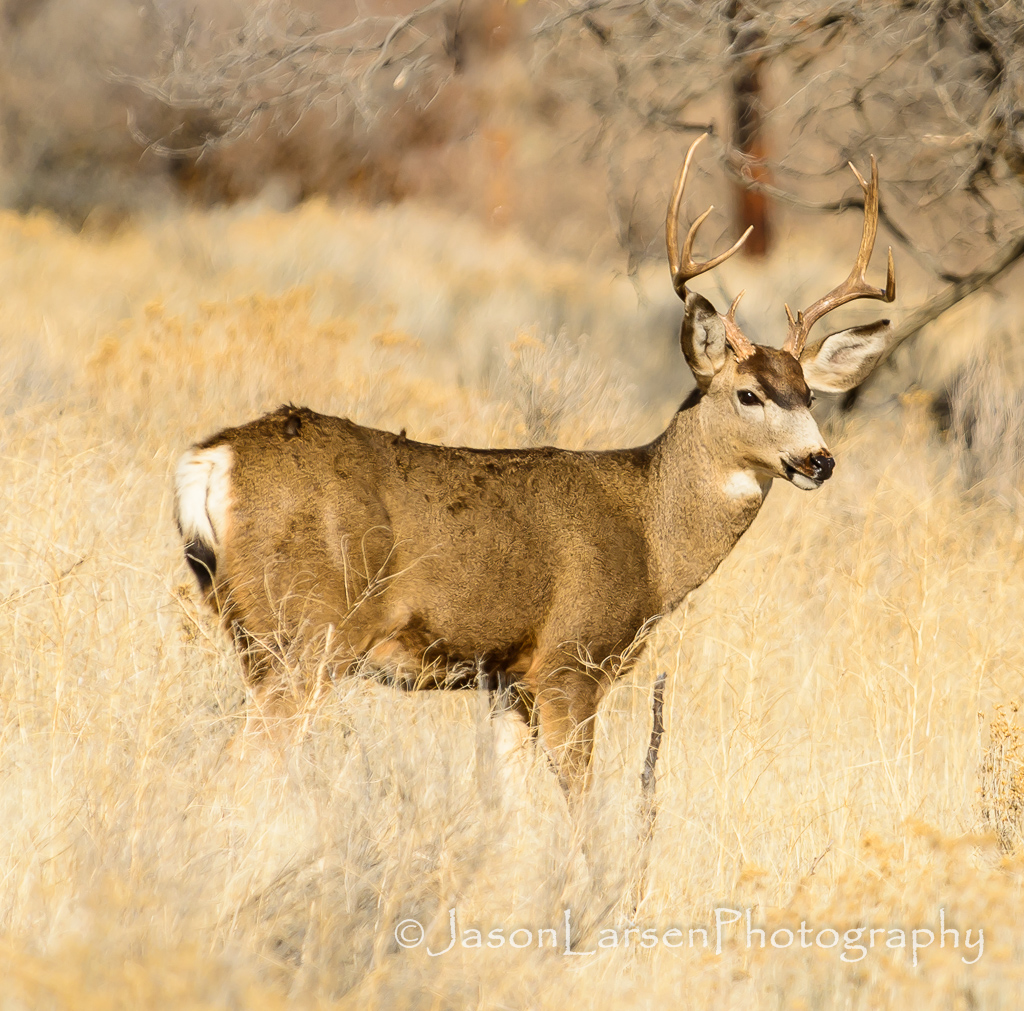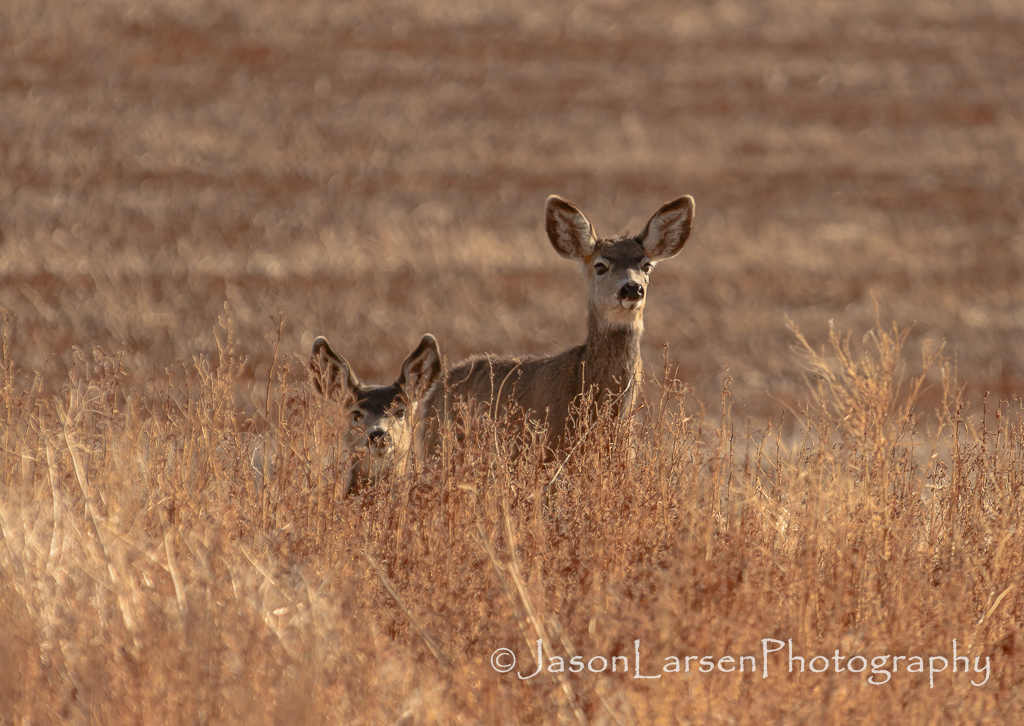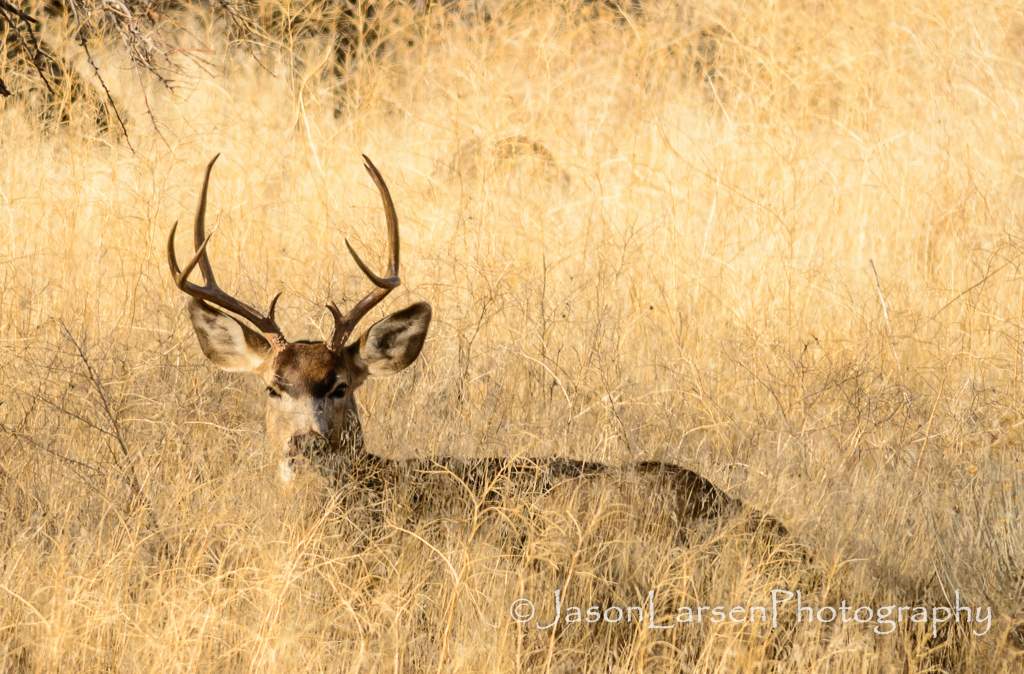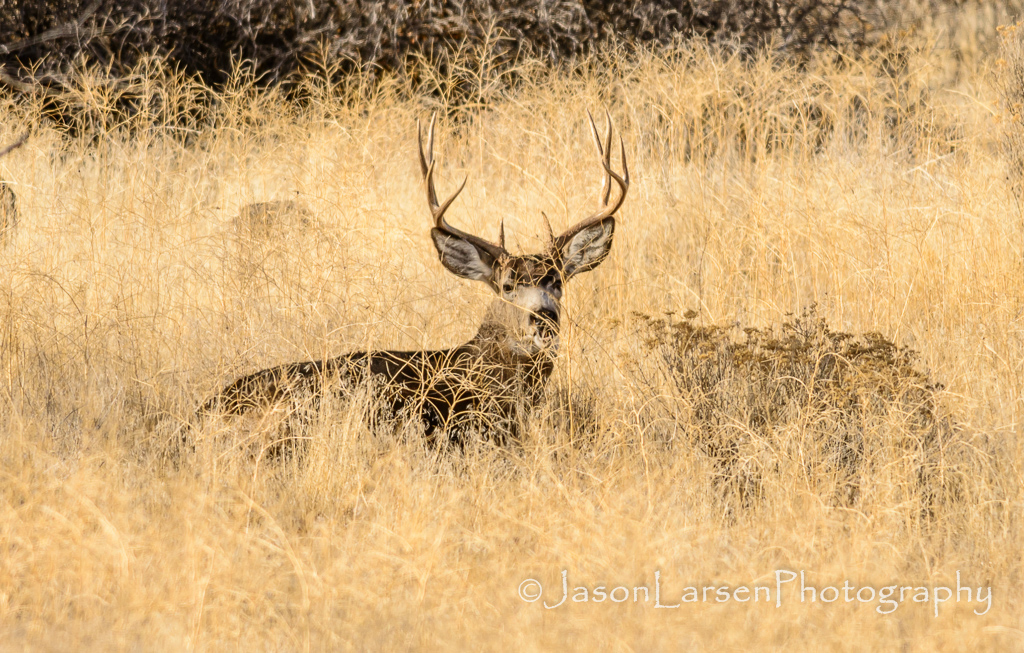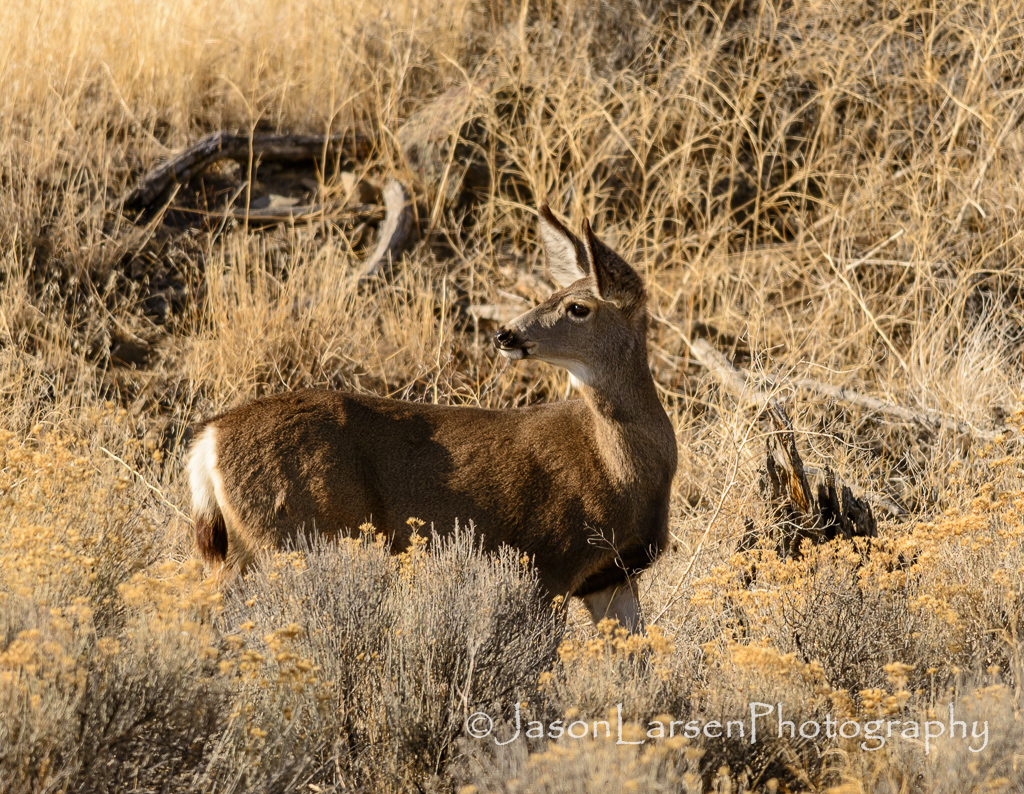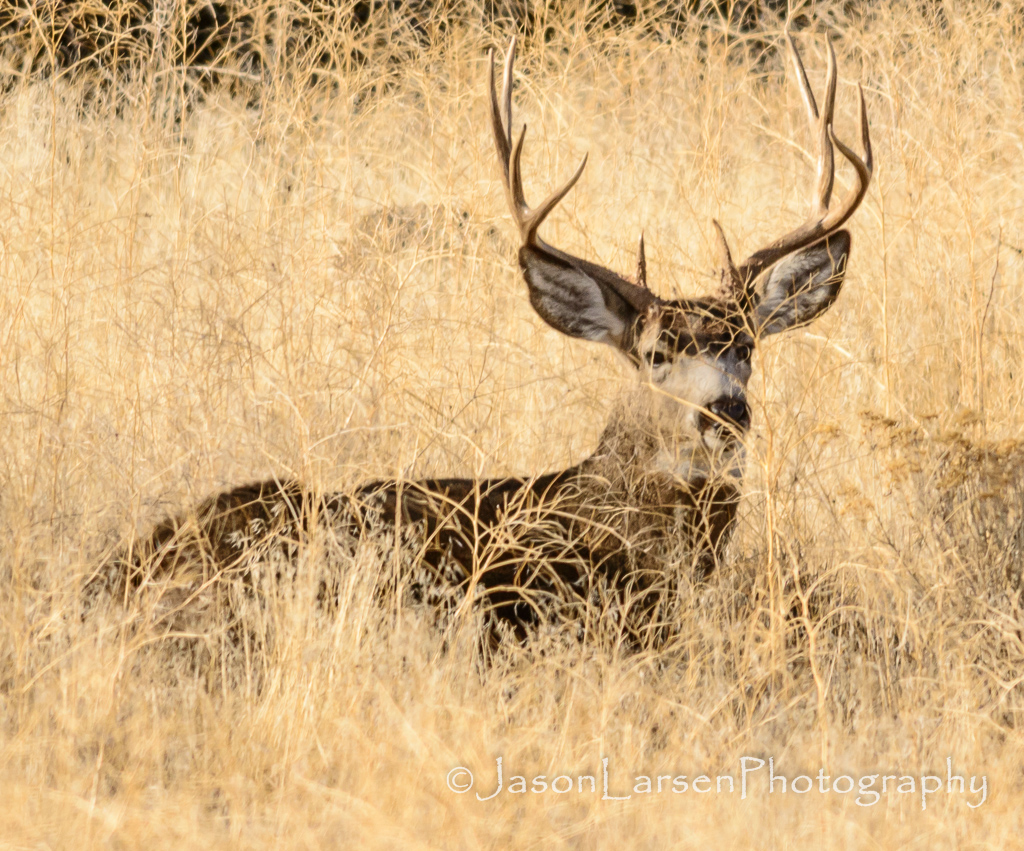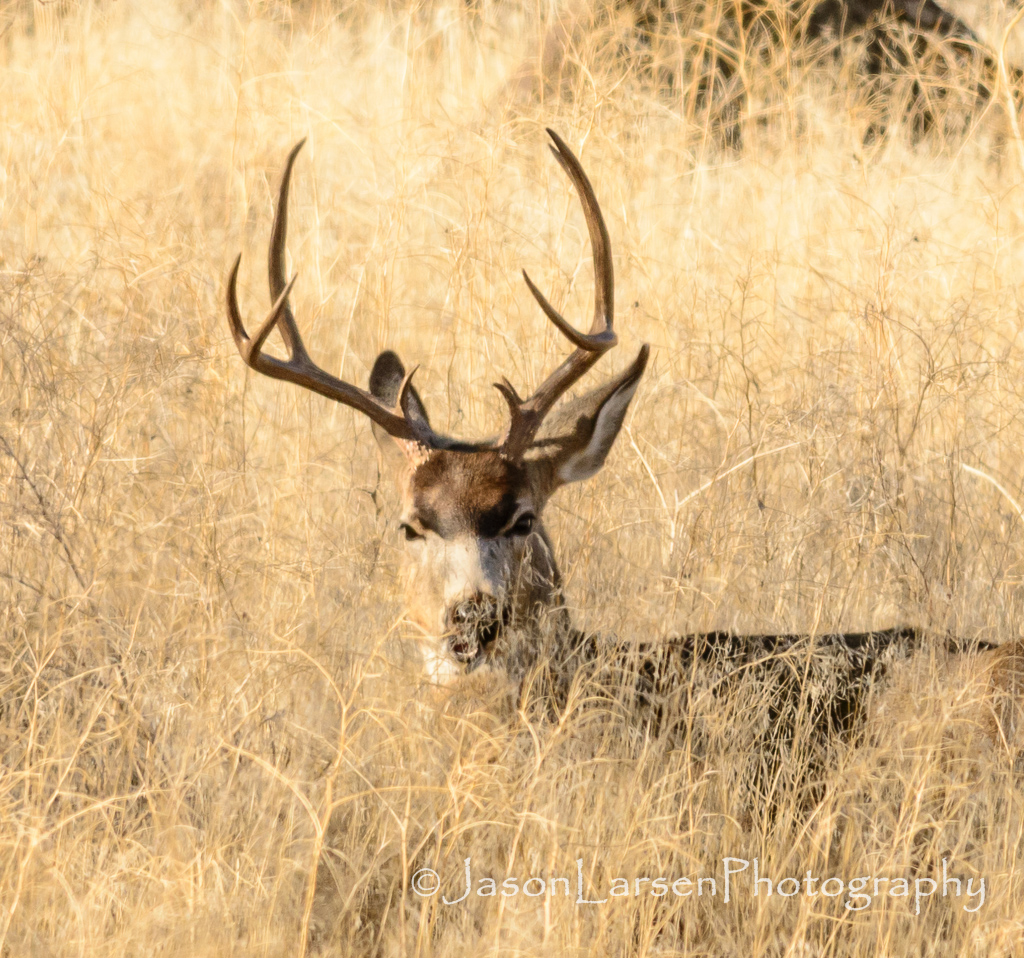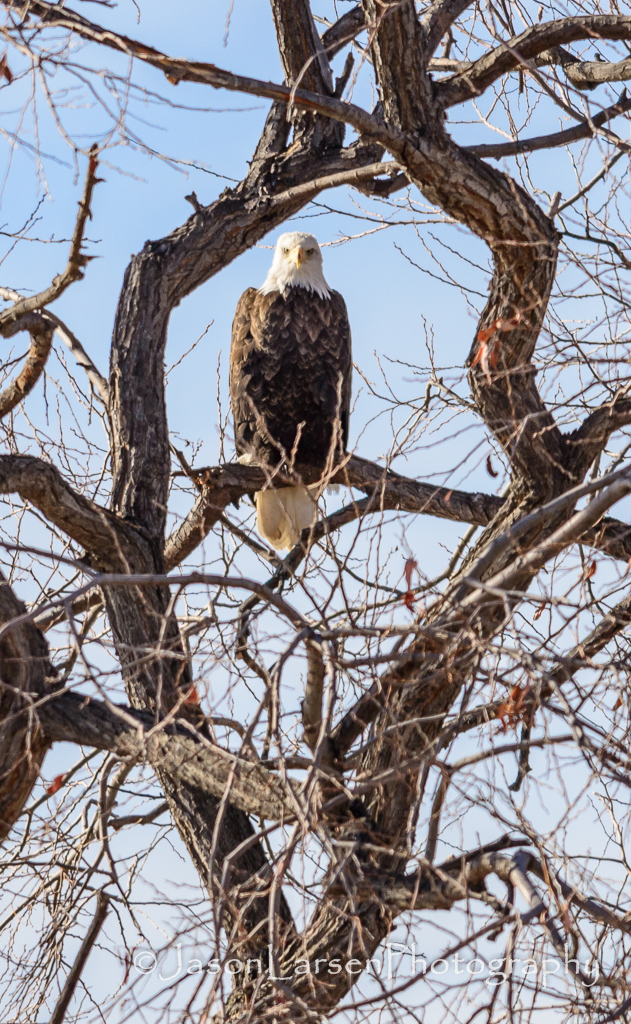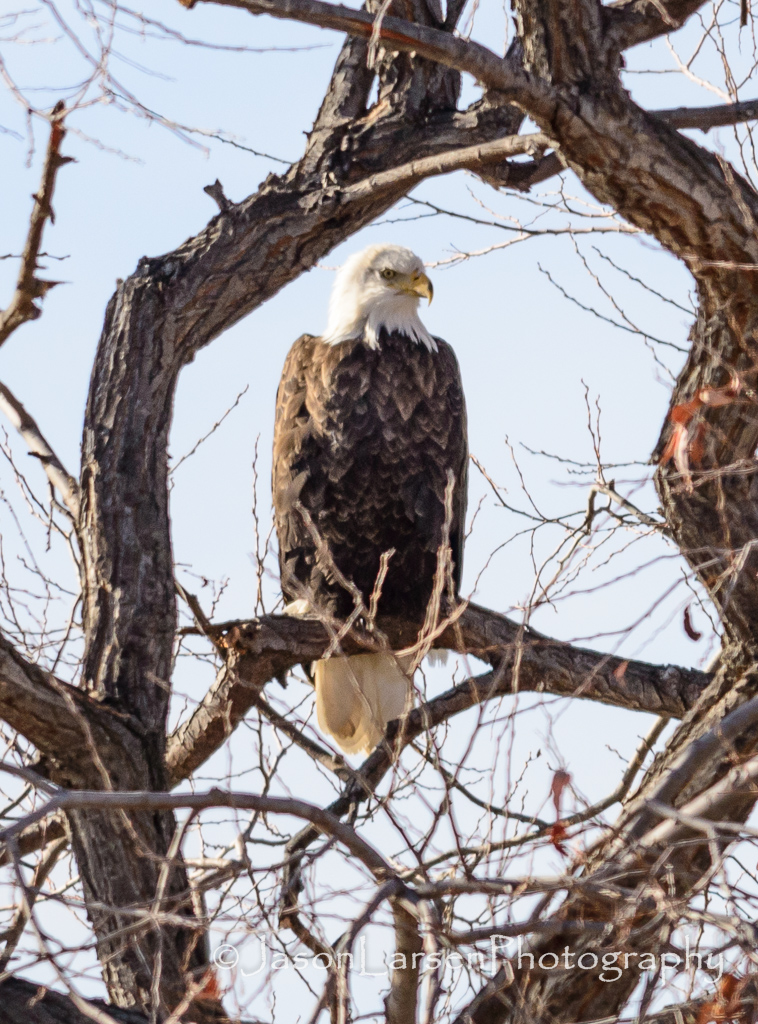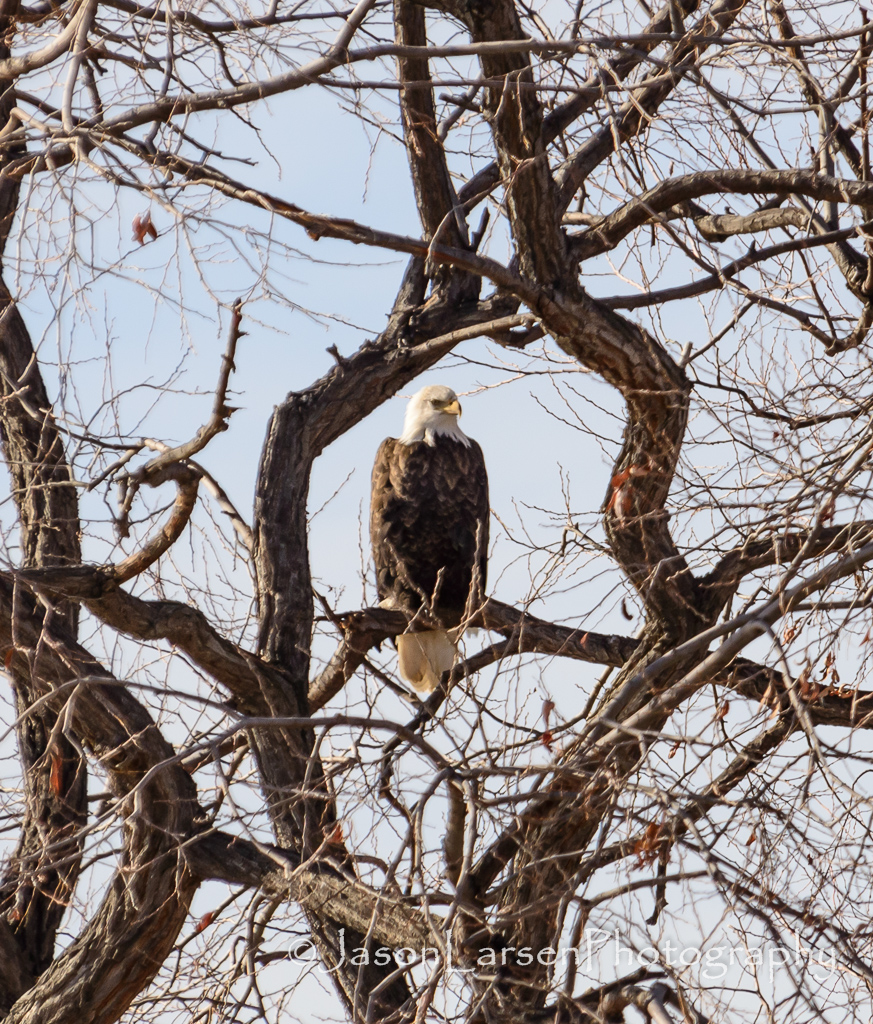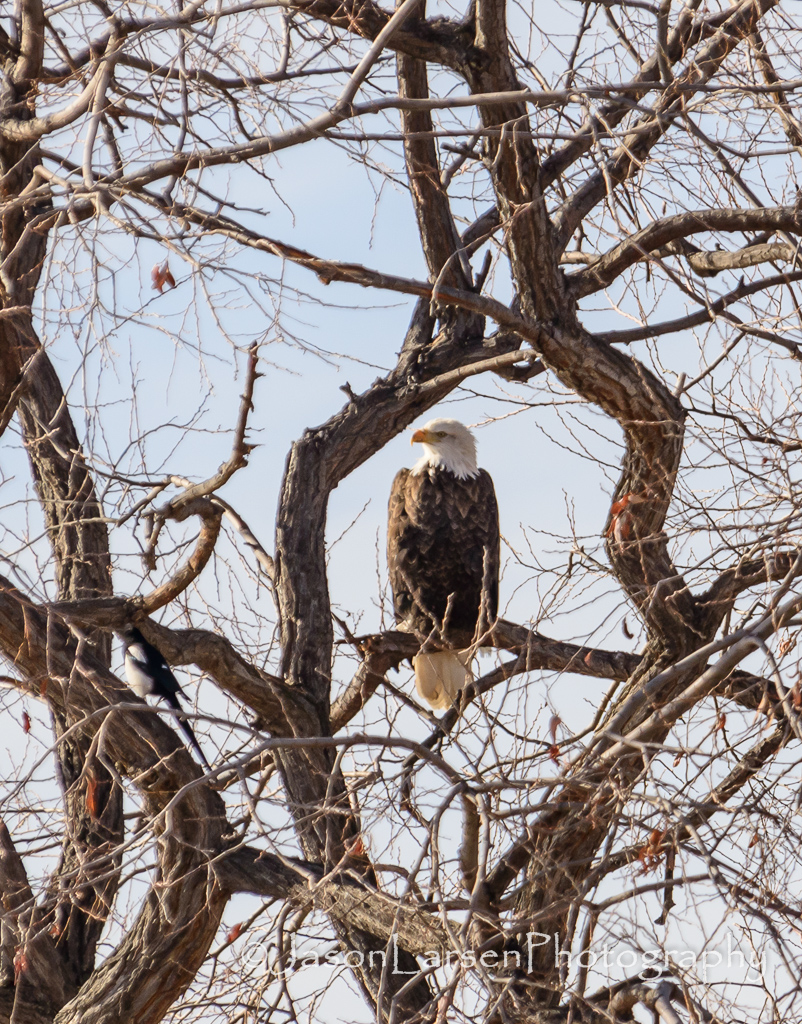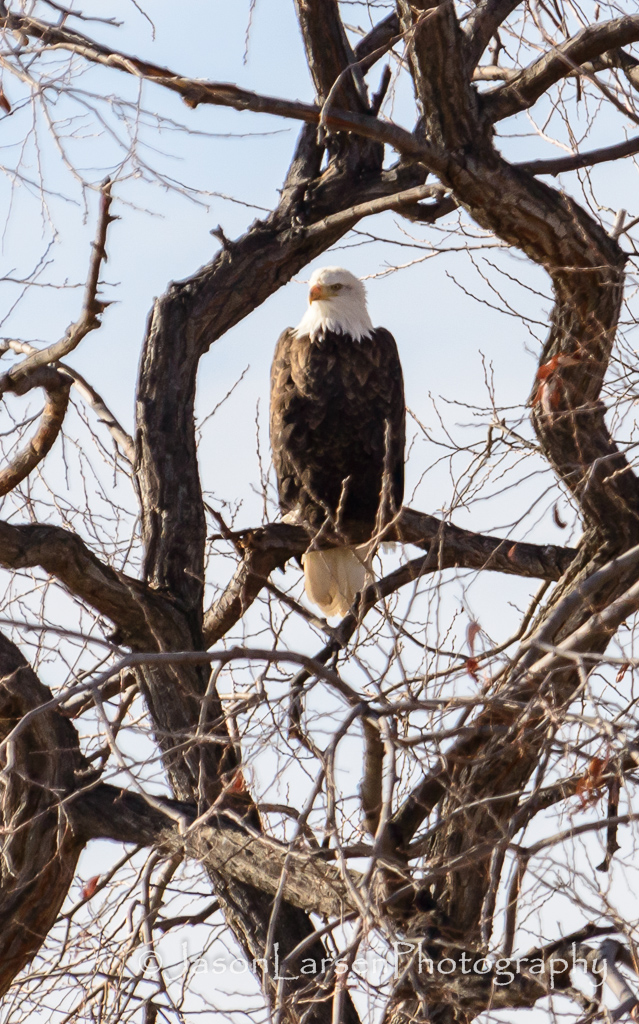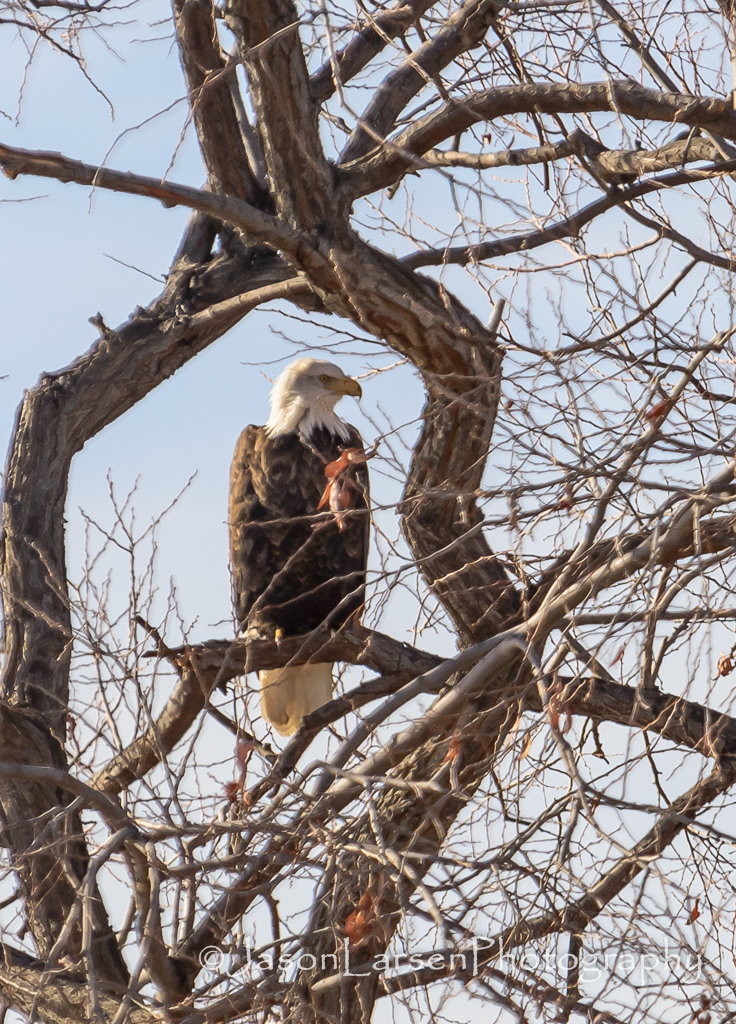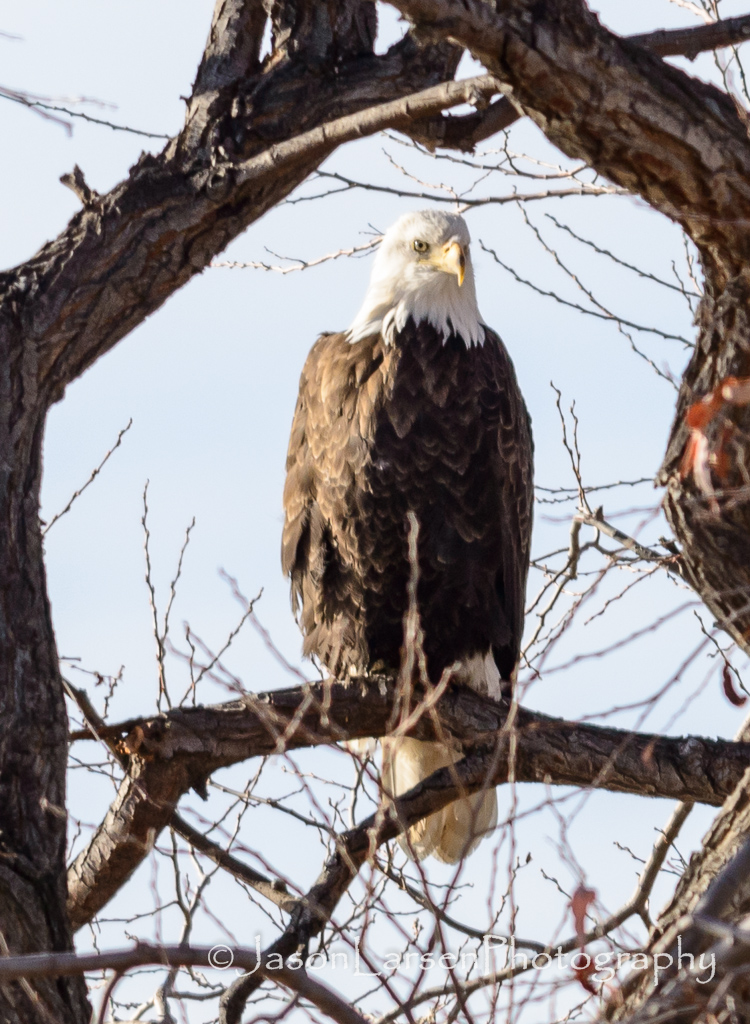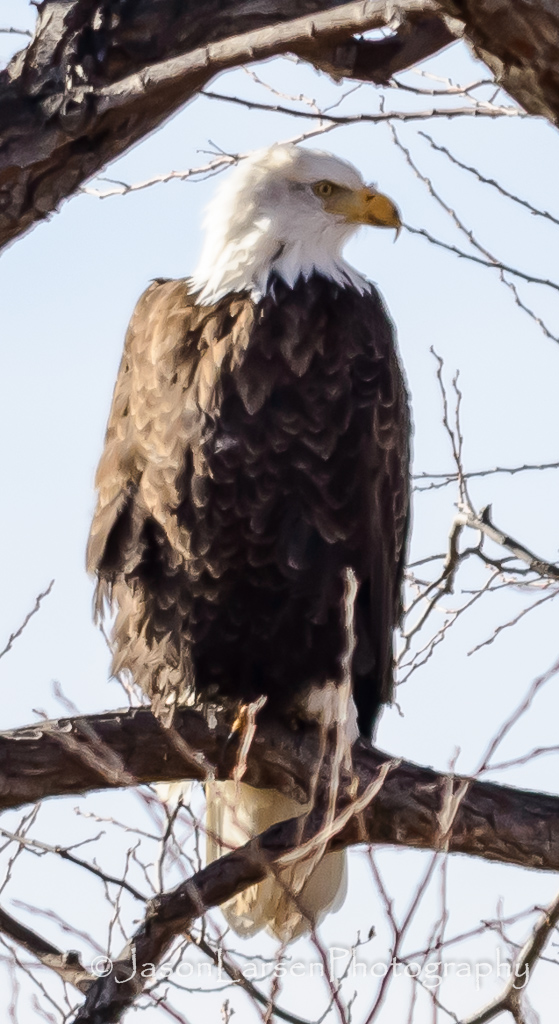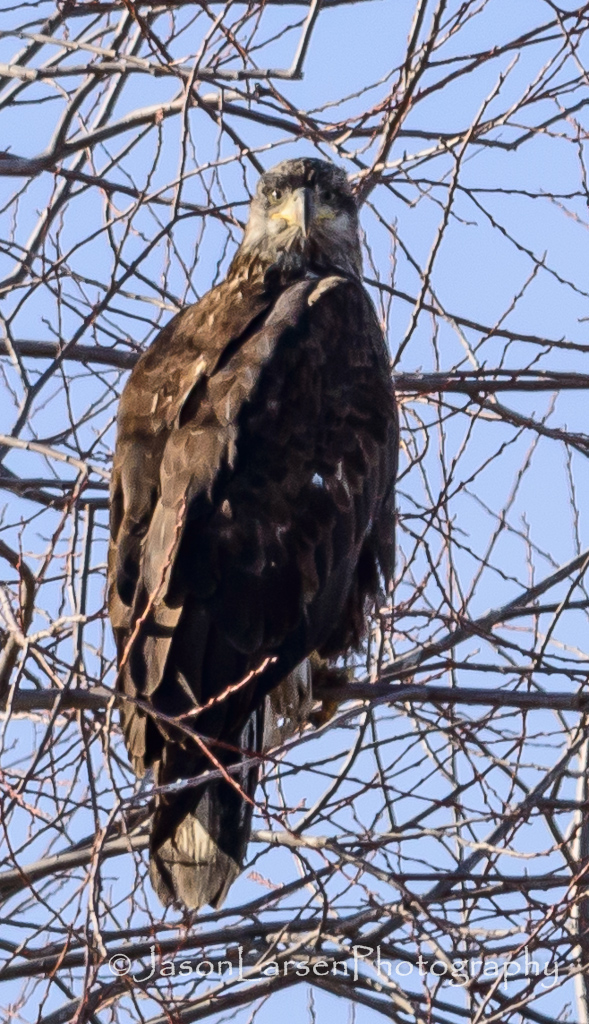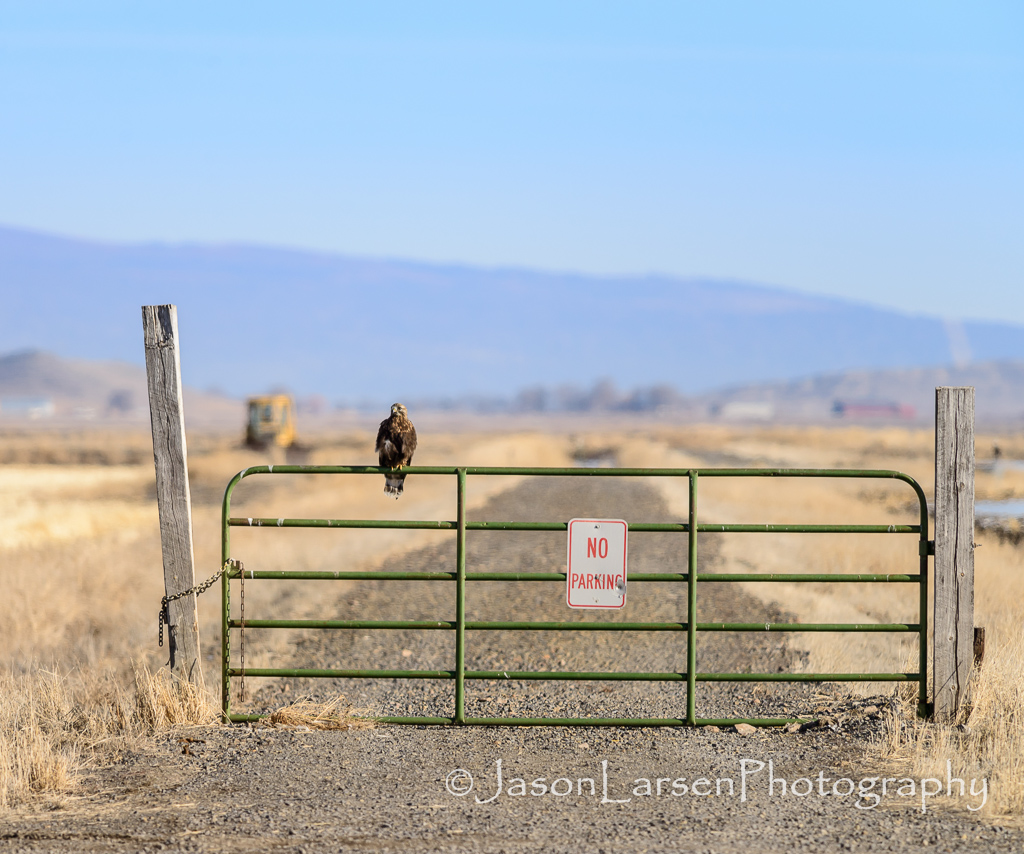ISO 400, 420mm, f/6.3, 1/2000sec
I wanted to start the new year off right so obviously either a road bike ride or a photo shoot was necessary. I just purchased the Nikon TC-14EII teleconverter, in fact it arrived the day before on the 31st of December, and was anxious to try it out on my Nikon 300mm f/4 lens. Because of this a wildlife photo shoot, where I could use my new teleconverter, won out over a bike ride.
This time of year one of the best places to photograph wildlife is the Lower Klamath National Wildlife Refuge by Tulelake, CA.
ISO 400, 340mm, f/6.3, 1/2500sec
Because it is always more fun to photograph with friends I invited several people to come along. Two of my good friends David England and Linda Willems came and made the day much more enjoyable.
ISO 400, 340 mm, f/6.3, 1/2000sec
Because we had that cold spell where it was well below 0 degrees F for a couple of weeks in December, all of the water at the refuge and at Tule Lake is frozen over. This unfortunately has caused the waterfowl to stay farther south at the Sacramento wildlife refuge.
ISO 400, 300mm, f/4.8, 1/2000sec
After we drove around the Auto Tour route and had taken some great shots of the many different raptors there, we wanted to go to the lake and hopefully photograph the snow geese. When we got to the lake it was obvious that the entire lake was frozen and the geese were not here as anticipated. We were very disappointed, but all was not lost, we instead came across a large herd of black tail deer to photograph.
ISO 400, 420mm, f/5.6, 1/2000sec
Linda has a Nikon AF-S 70-200mm f/2.8G VR zoom and a 1.7x teleconverter that she brought on this shoot. I was curious on how this combination worked since it is another way to get a pretty good reach in a zoom format. With the 1.7x teleconverter on the 70-200mm it becomes a 120-340mm f/4.8 lens which is still a great aperture size for a lens with a maximum focal length of 340mm.
ISO 400, 280mm, f/6.3, 1/2000sec
I forgot to zoom all the way out for a few of the shots so I was only at 280mm instead of 340mm. This combination isn’t quite as crisp as the 300mm by itself or with the 1.4x teleconverter, but it is still pretty good. With the down sampling that occurs to post to the web they actually look pretty equal in clarity, but with the larger file sizes seen in Lightroom, you can see the difference. The newer version of the 70-200mm is sharper than its predecessor and would probably be equally sharp or more sharp than the 300mm f/4.
ISO 400, 340mm, f/6.3, 1/2000sec
You may have noticed my aperture and shutter speed have been fairly consistent with all of the shots. This is because when I shoot wildlife I shoot in manual exposure mode so I can control the shutter and aperture at all times and I don’t get surprised by a sudden drop in shutter speed due to a darker shot. It is more important to me to have the photograph slightly underexposed, but sharp than to have it exposed correctly but blurry due to motion.
ISO 400, 340mm, f/6.3, 1/2000sec
These red tail hawks can get quite large over time. I love their coloring in flight. I hope you will take the time to look through the rest of the photographs from this shoot. There are some great shots I haven’t shared yet. If you are thinking about getting into wildlife photography and have questions I would love to help out just leave me the questions in the comment section below.
As always thanks for visiting and viewing my photography!


